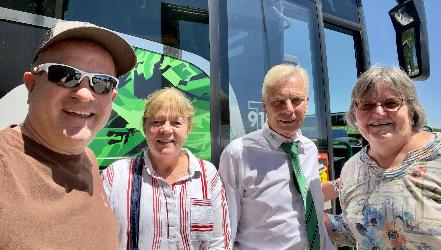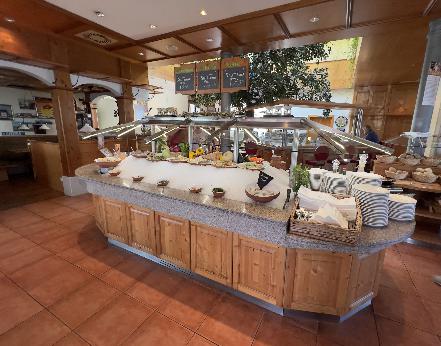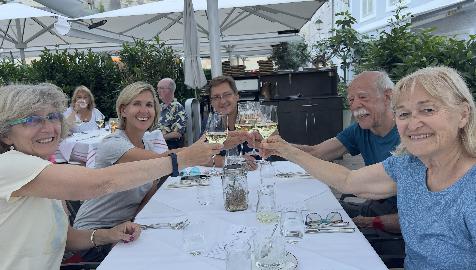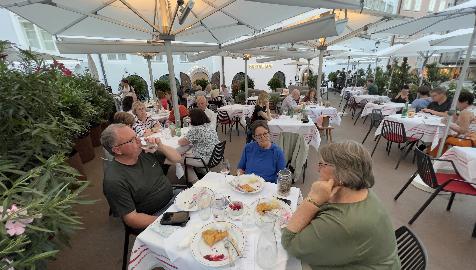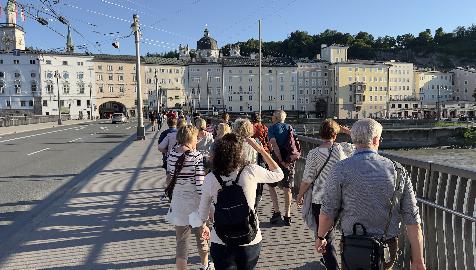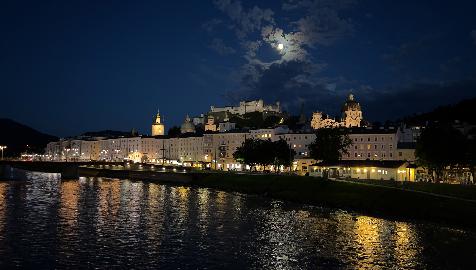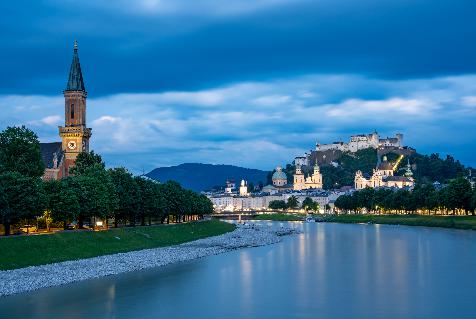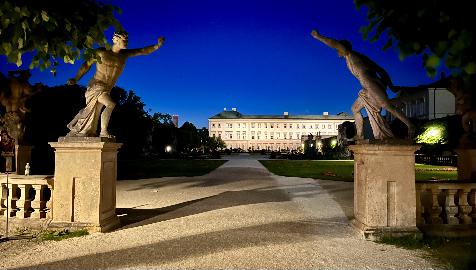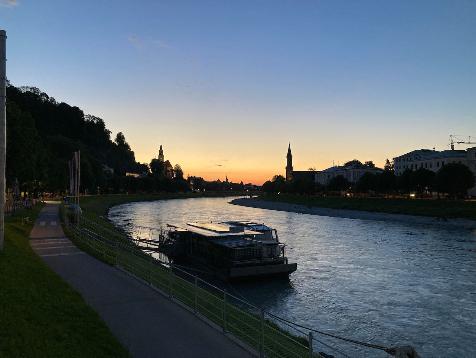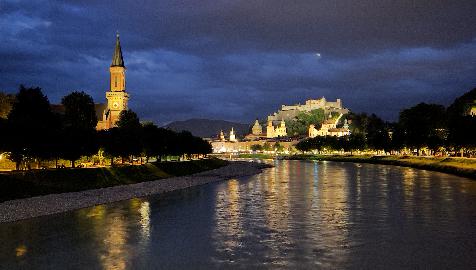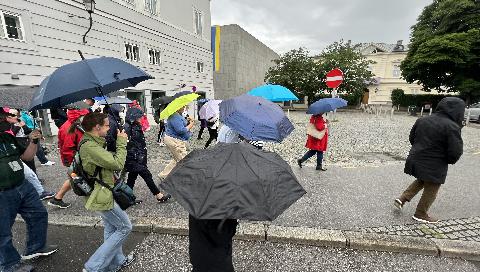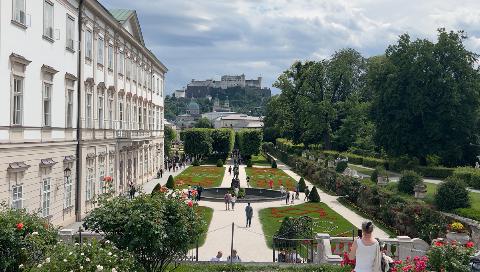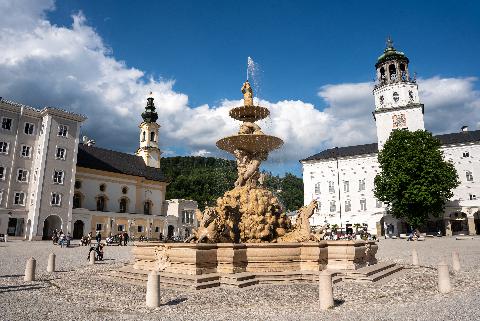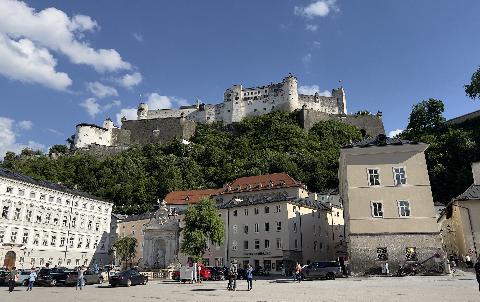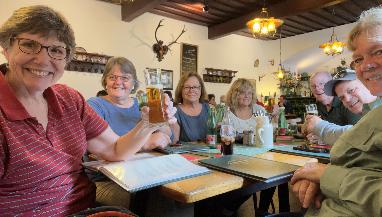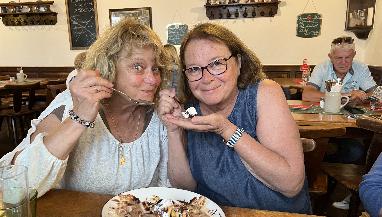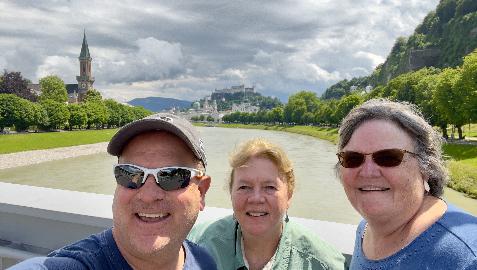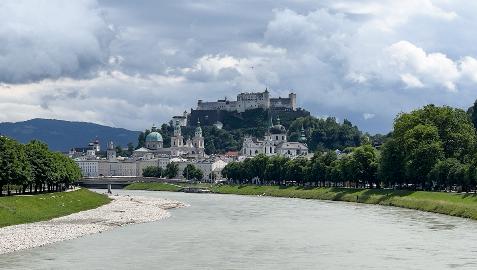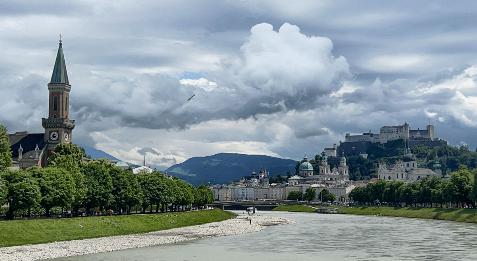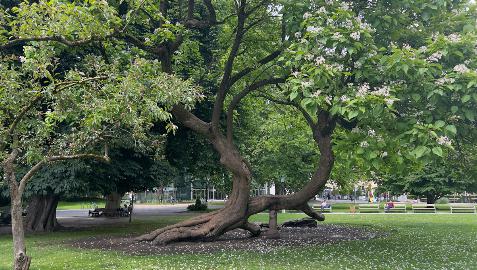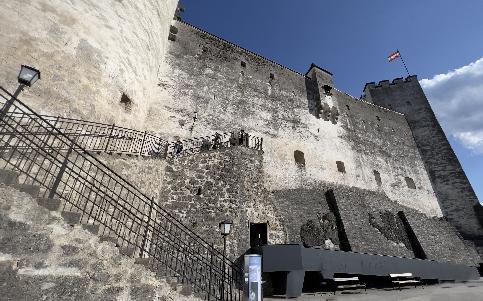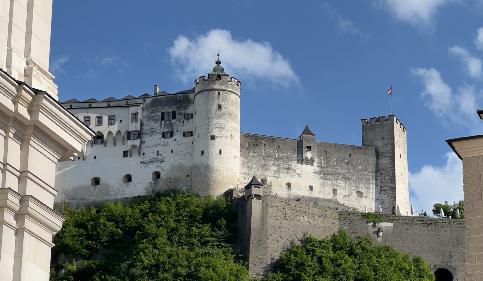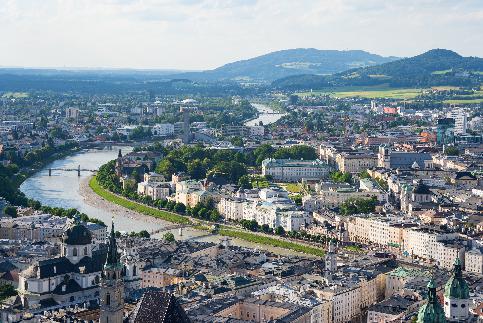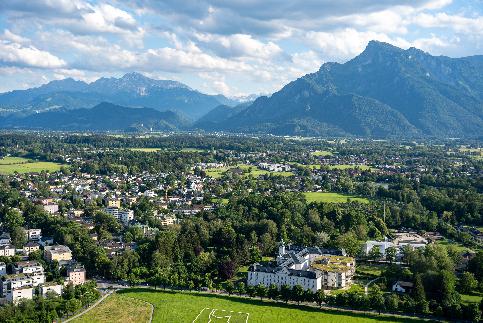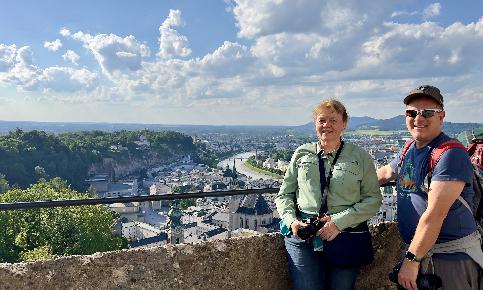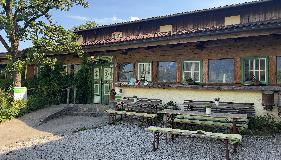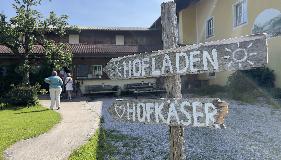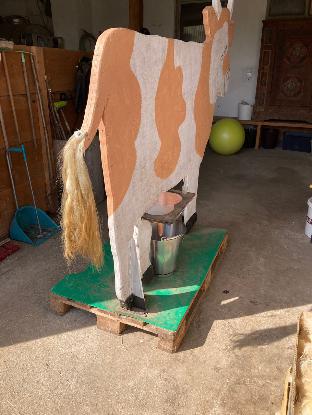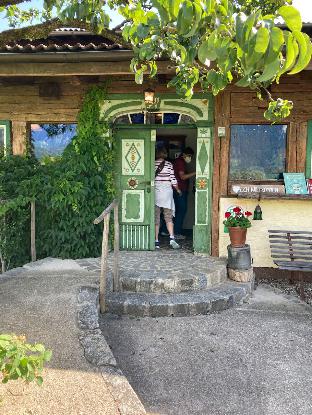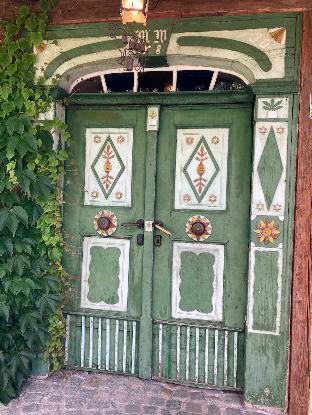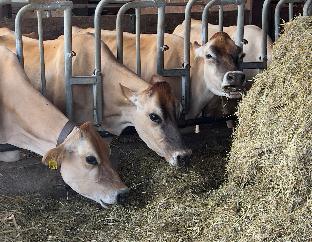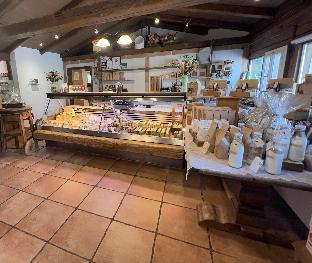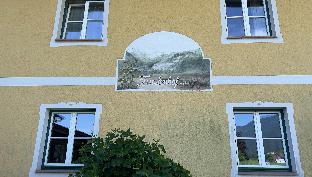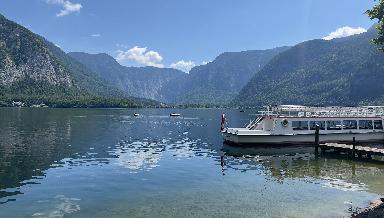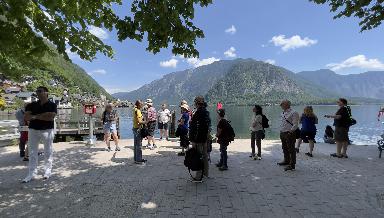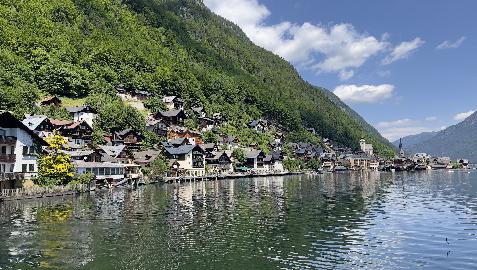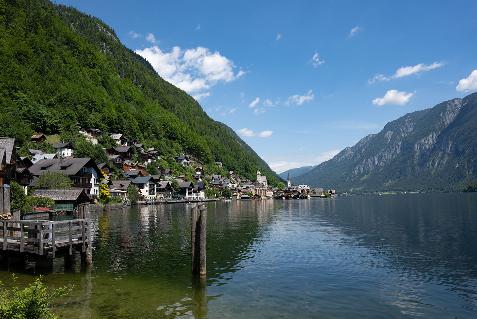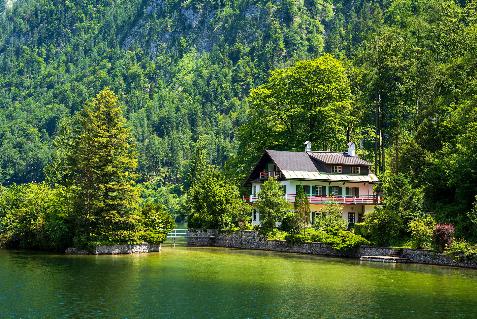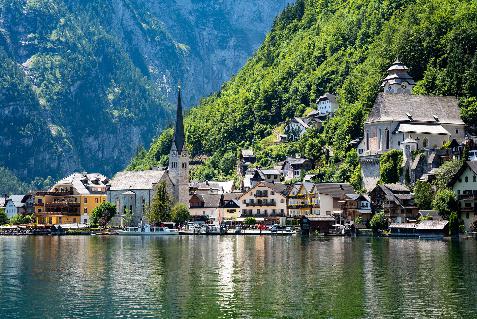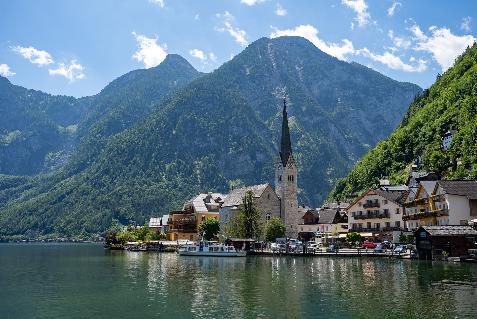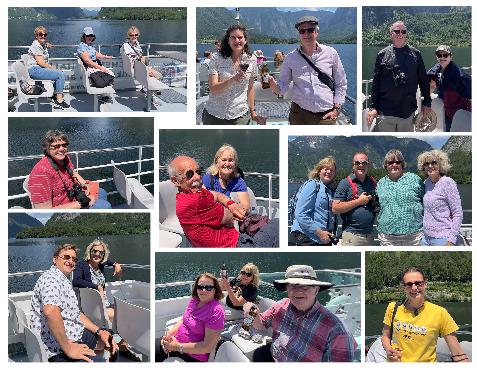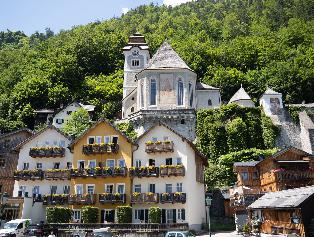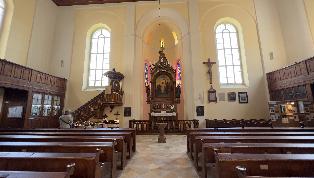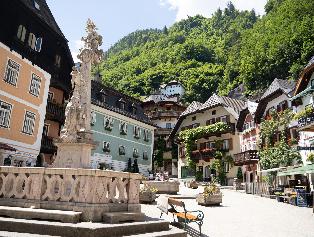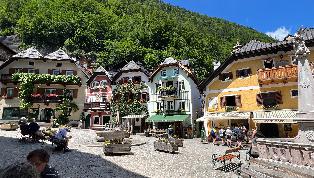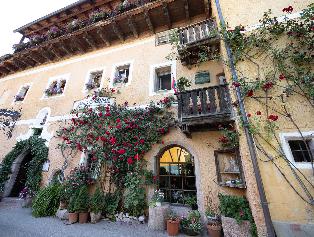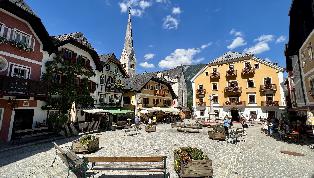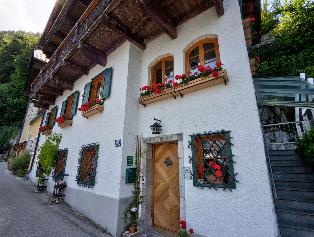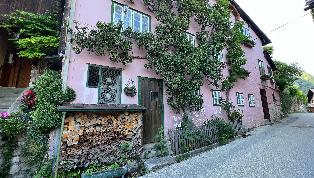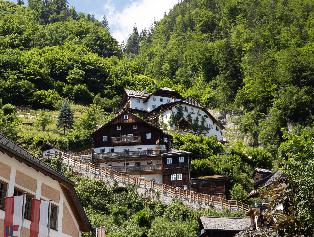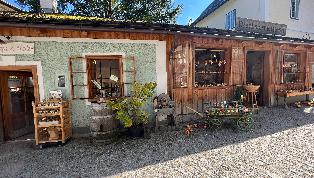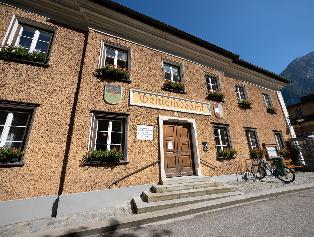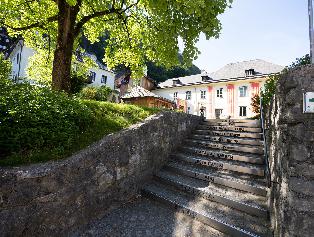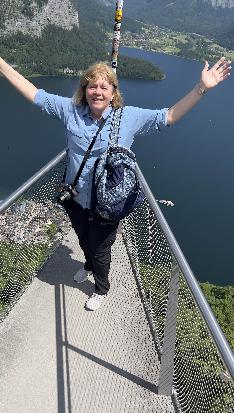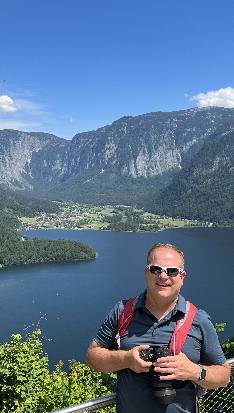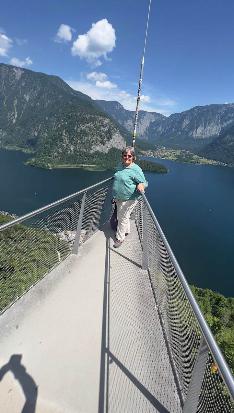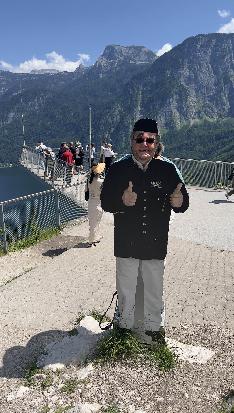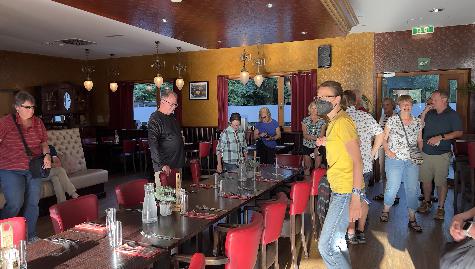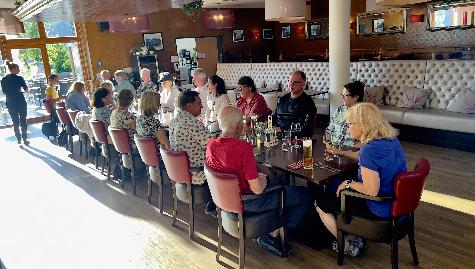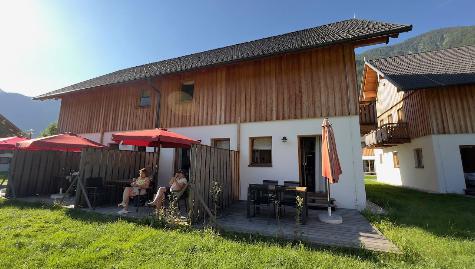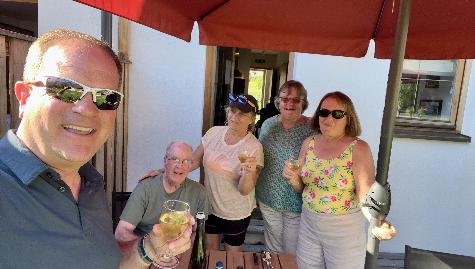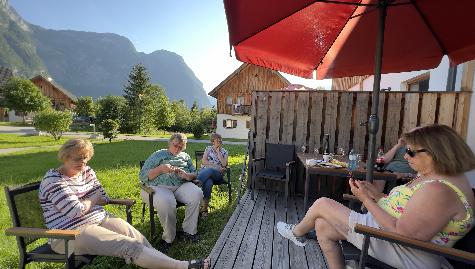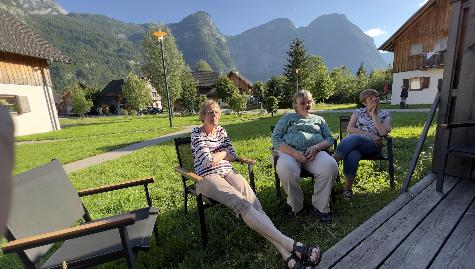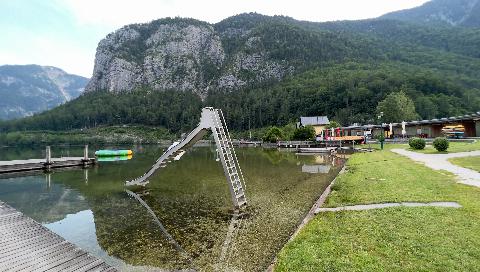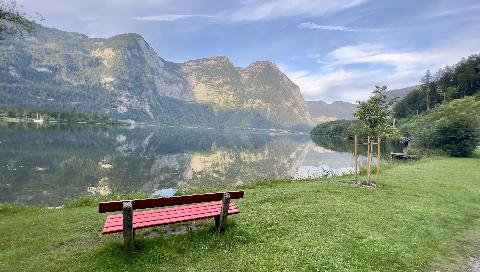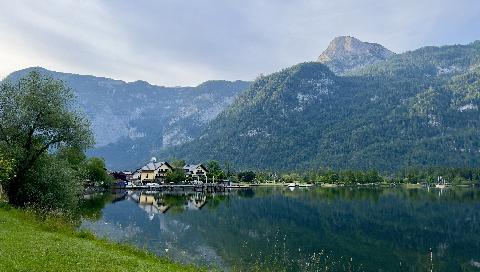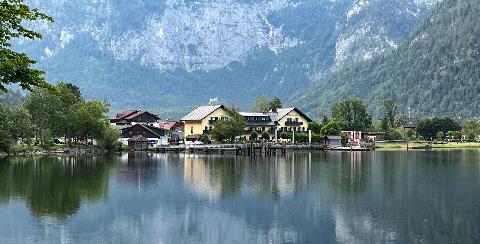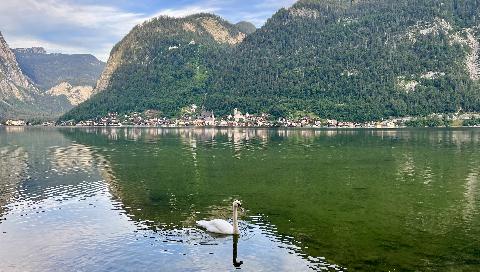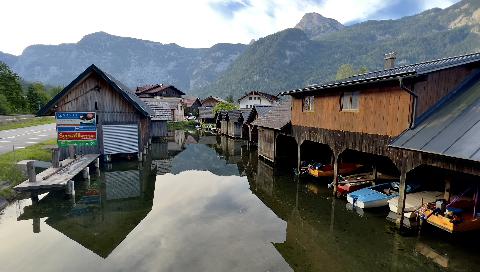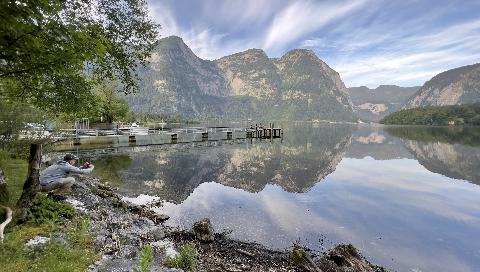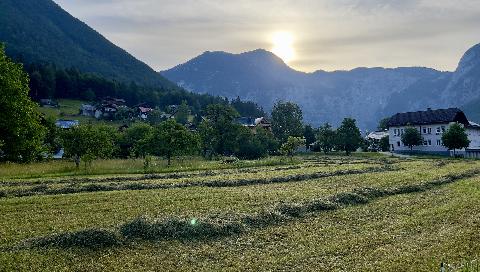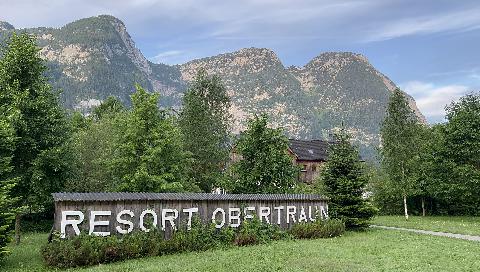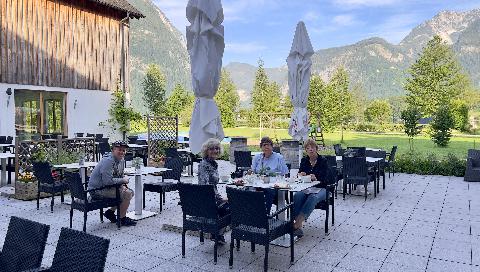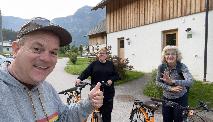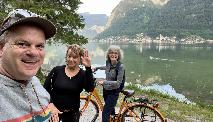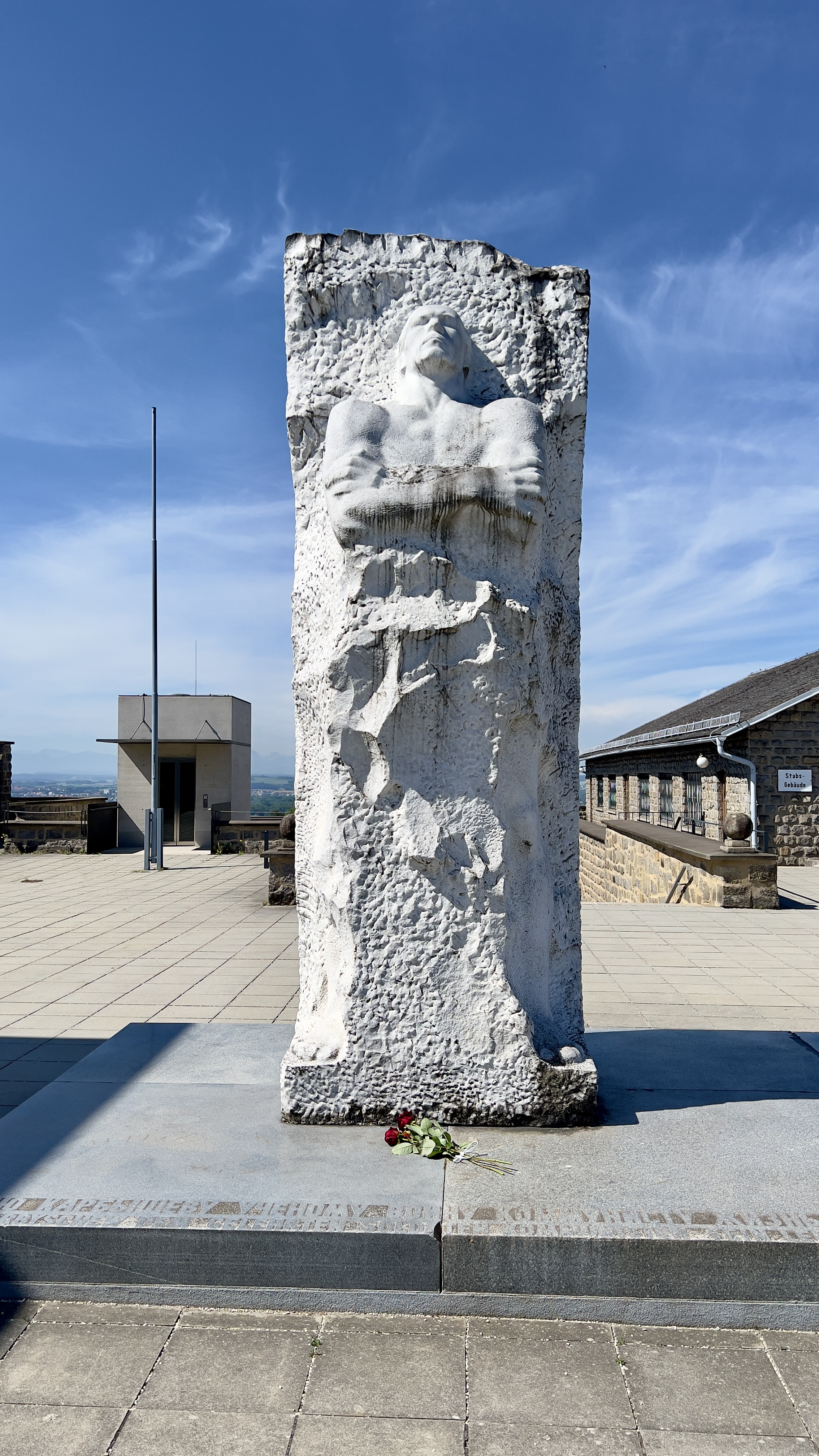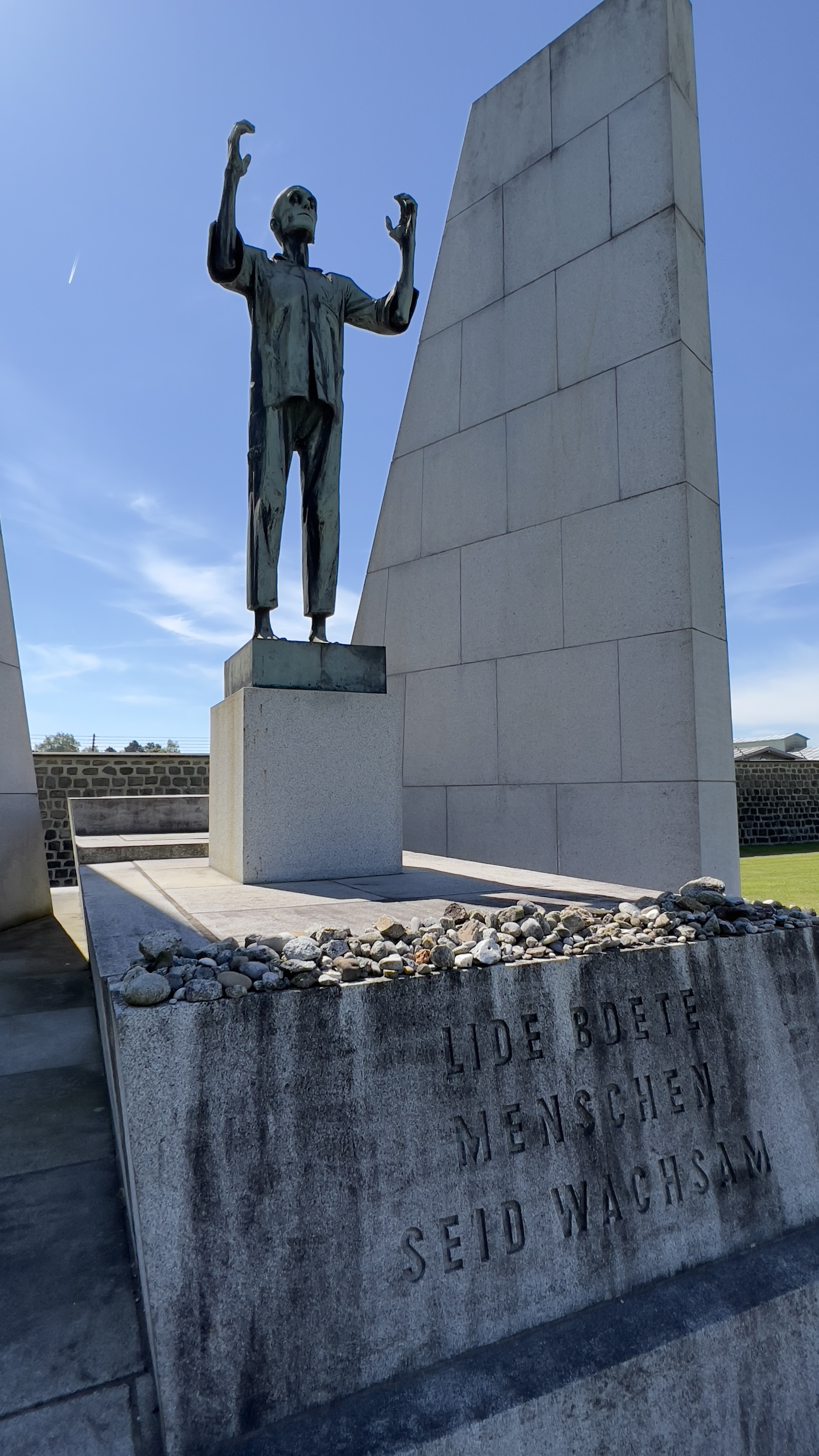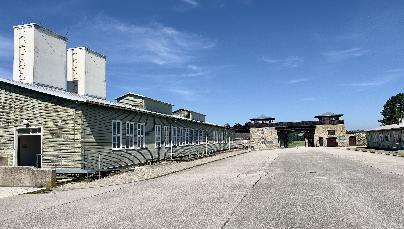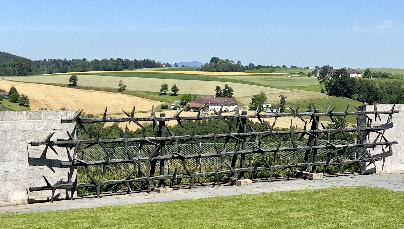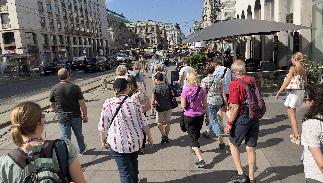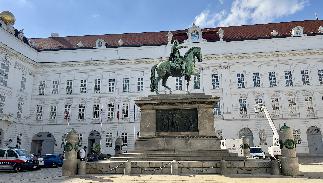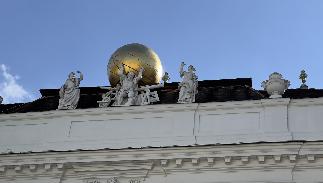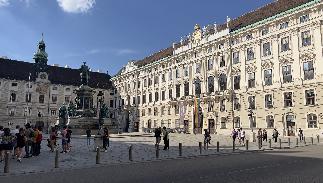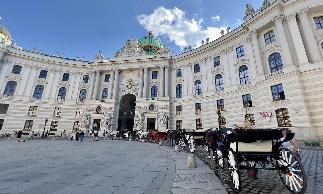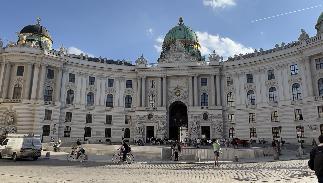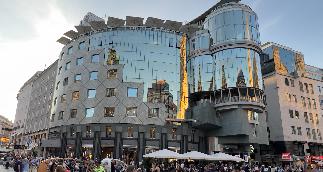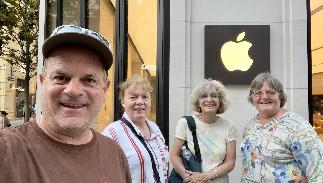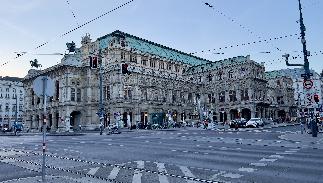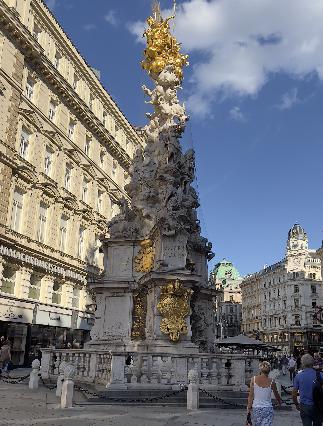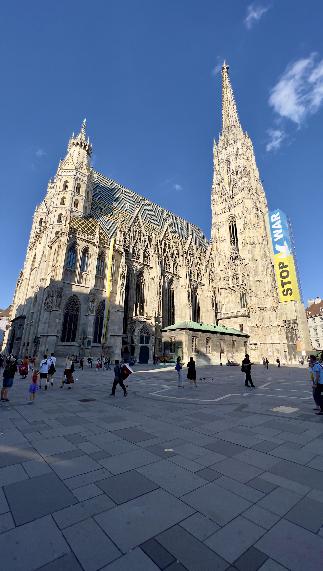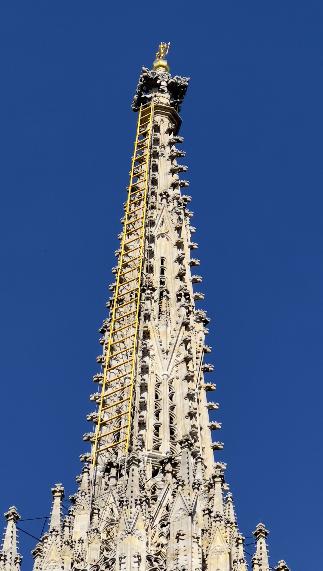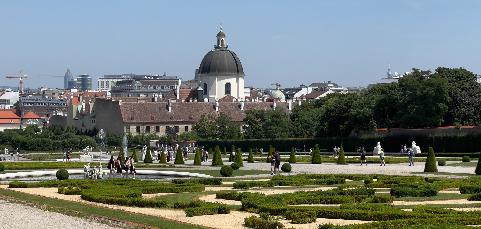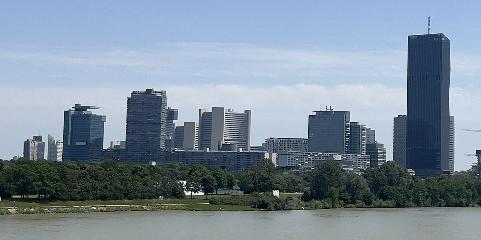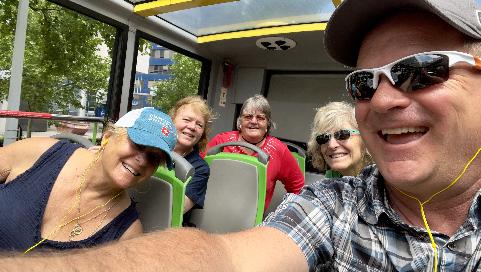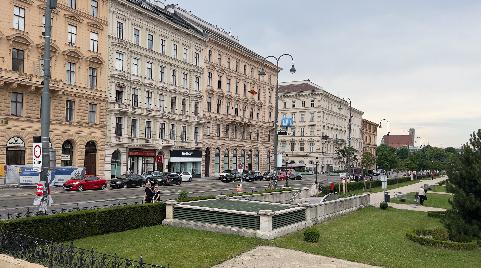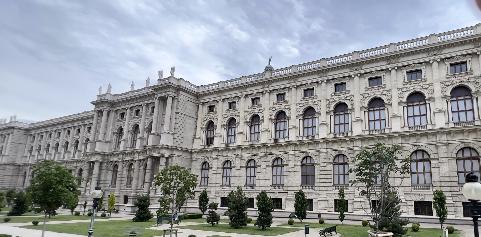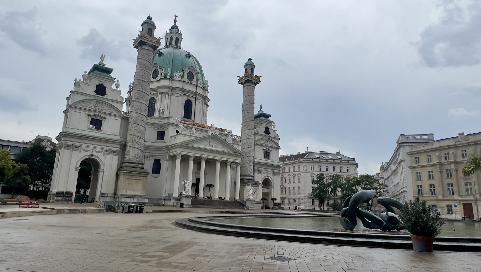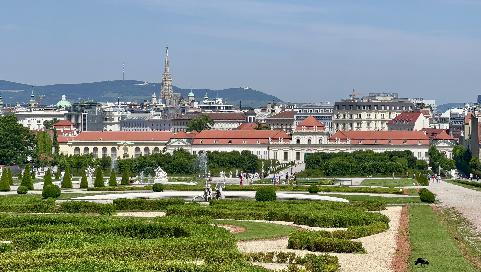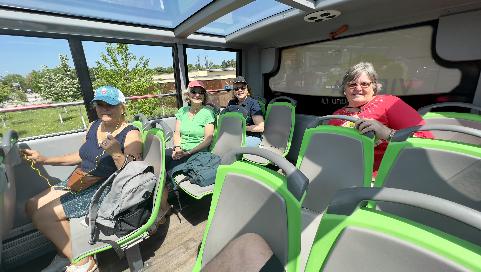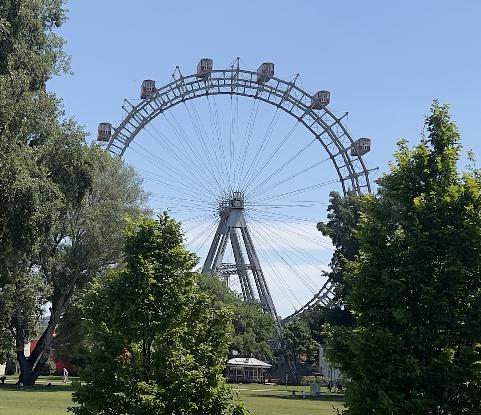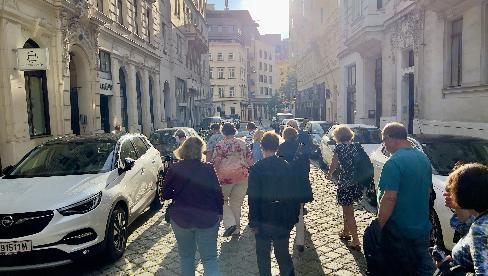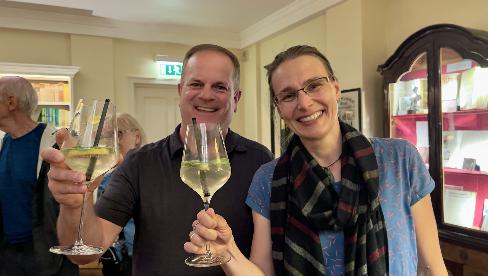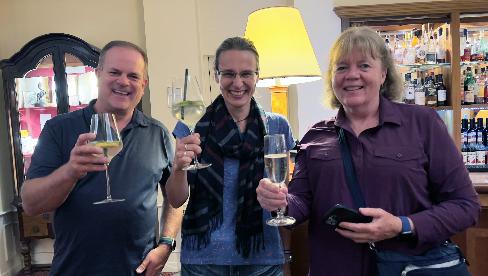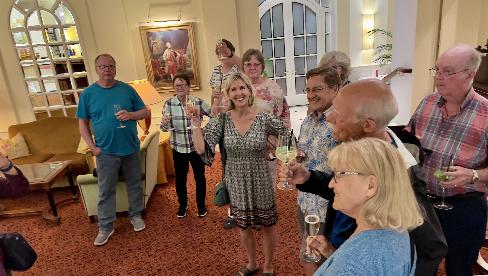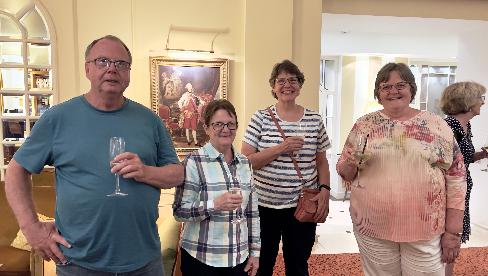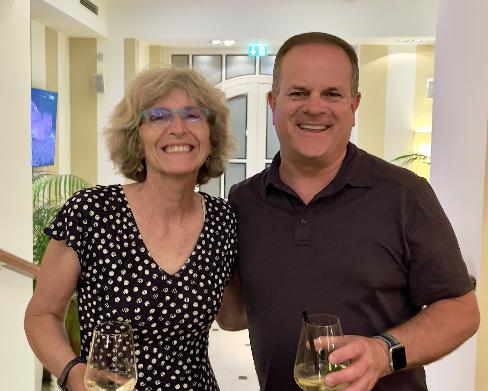Austria
June 12th - Salzburg
After checking into our elegant hotel, we took an orientation tour across the river, down some streets in the oldest part of the city, through a “through-house” (a covered passageway between two buildings on the ground level), and then to our restaurant for dinner. And then of course some night photography.
After checking into our elegant hotel, we took an orientation tour across the river, down some streets in the oldest part of the city, through a “through-house” (a covered passageway between two buildings on the ground level), and then to our restaurant for dinner. And then of course some night photography.

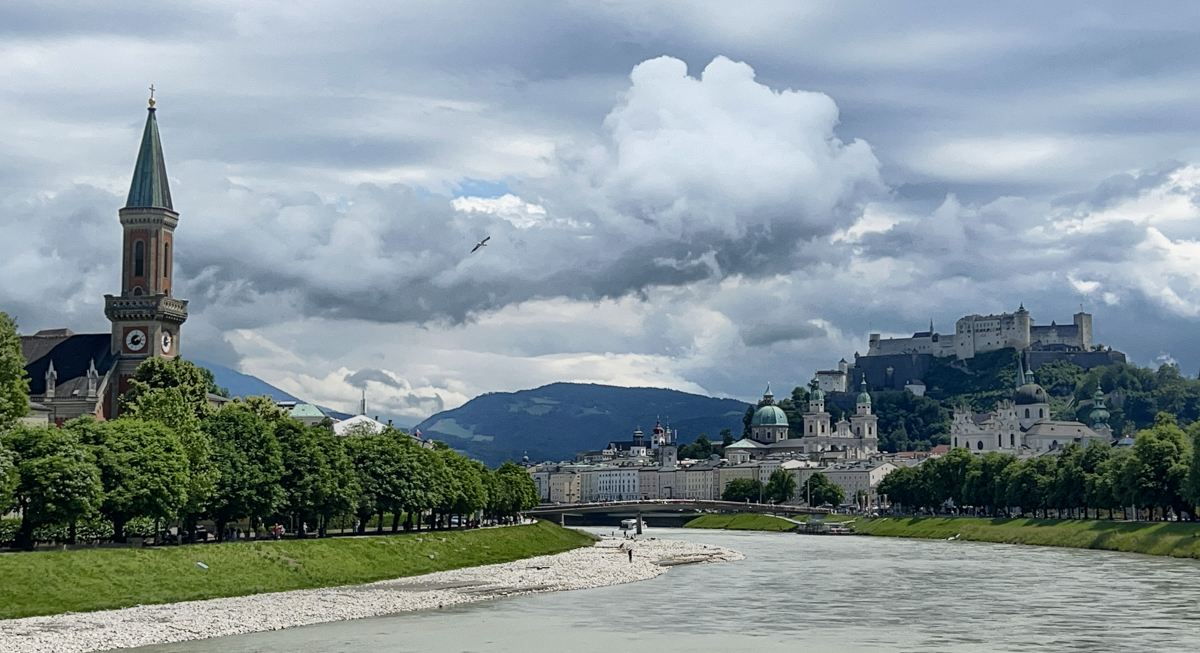
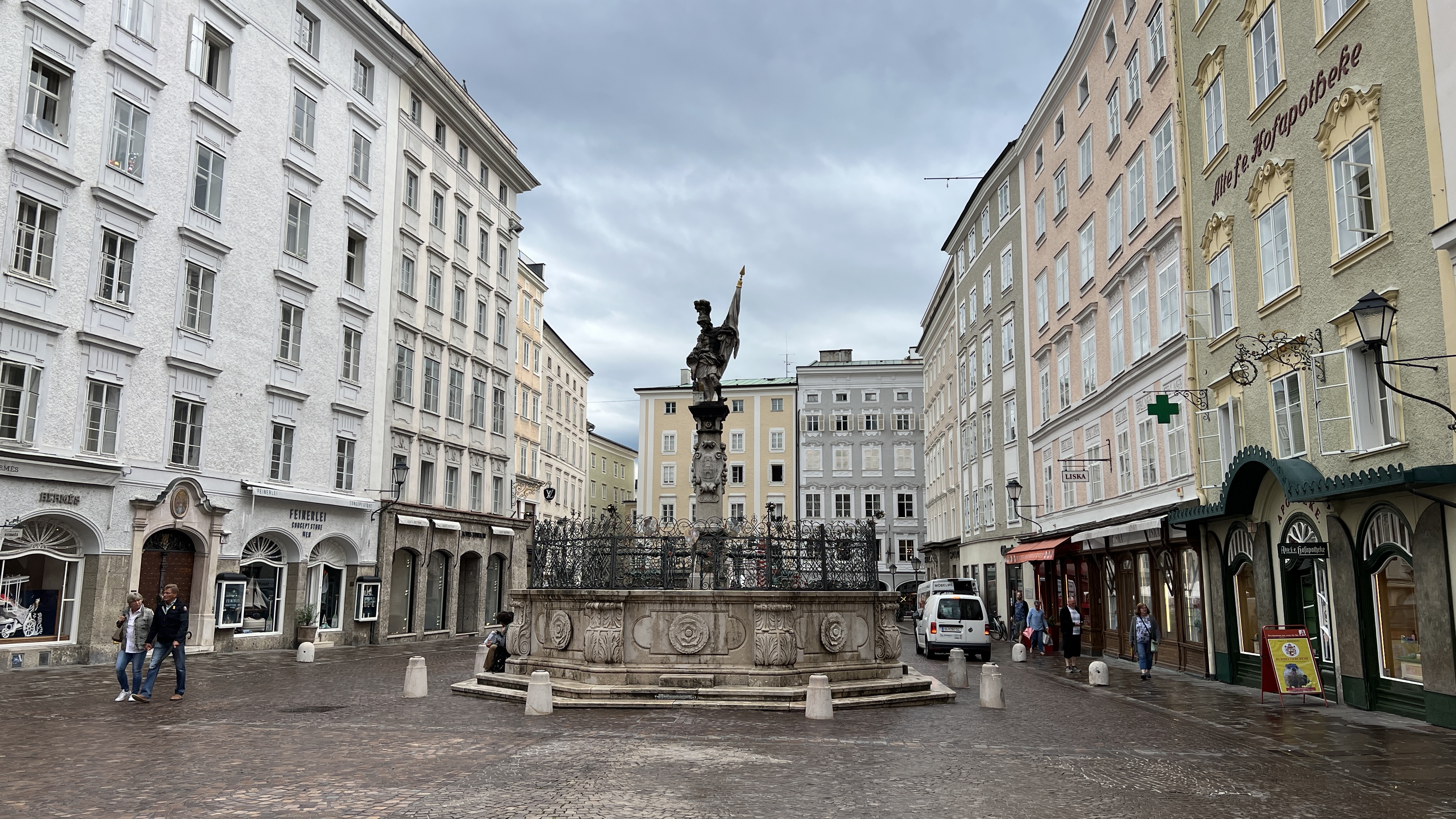
June 13th – Salzburg (continued)
Today started with a walking tour in a light rain through the gardens at Mirabell Palace, through the City Center, and to Residenzplatz which is a large square in the historic center with the beautiful Salzburg Cathedral on one side and the residences (both the old one and a new one (from 1588)) of some of the Prince-Archbishops of Salzburg on the sides.

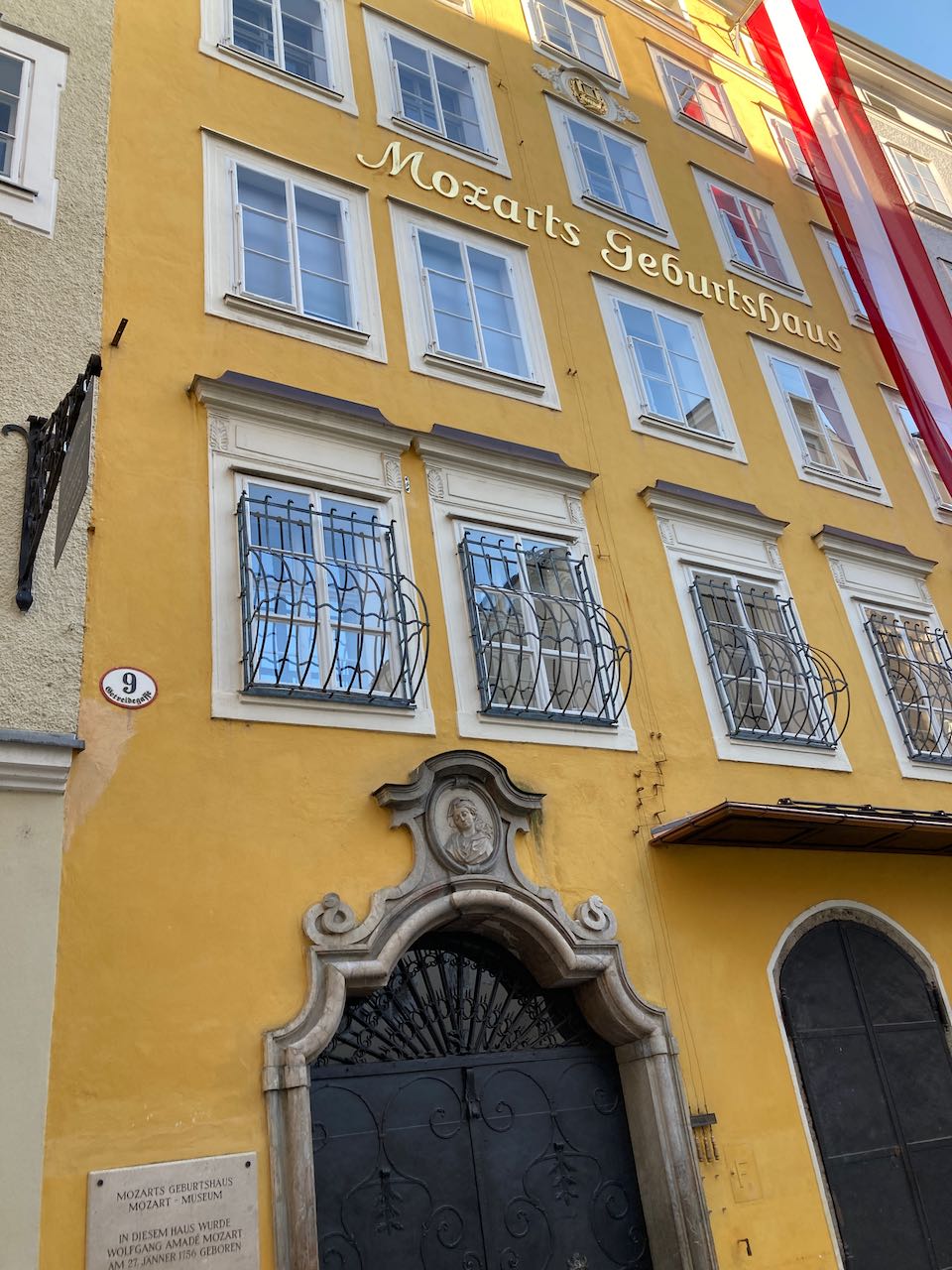
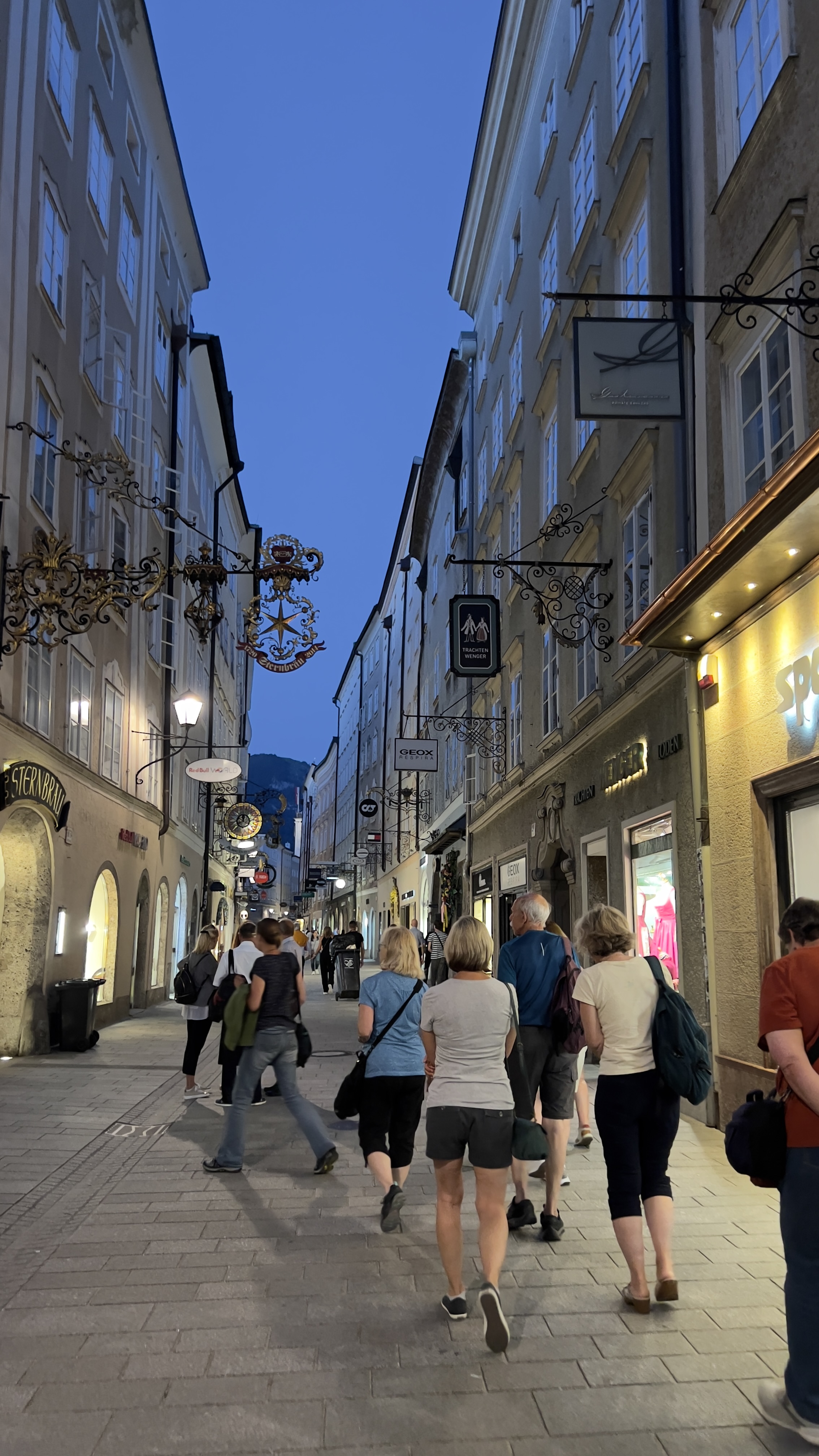
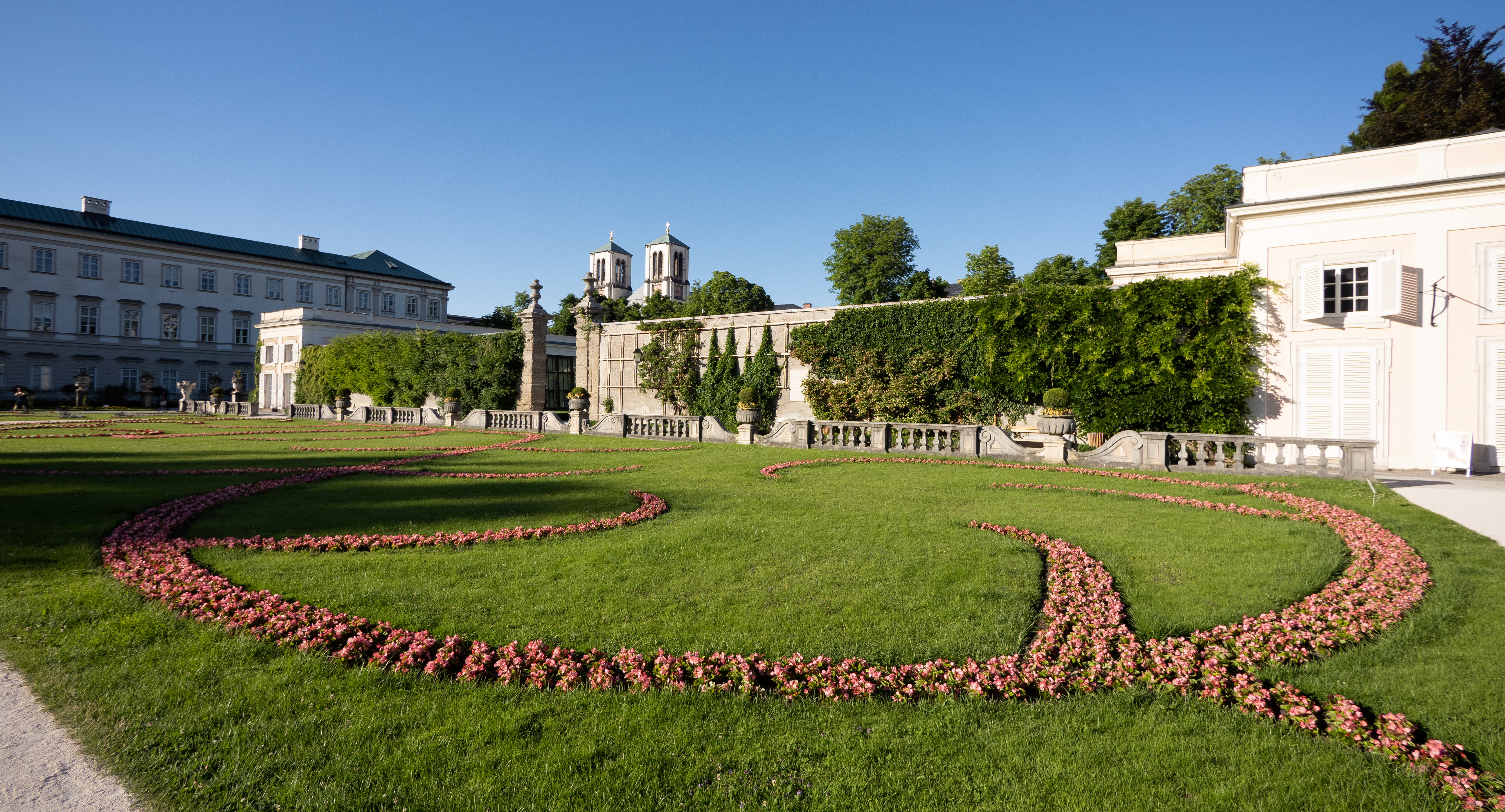
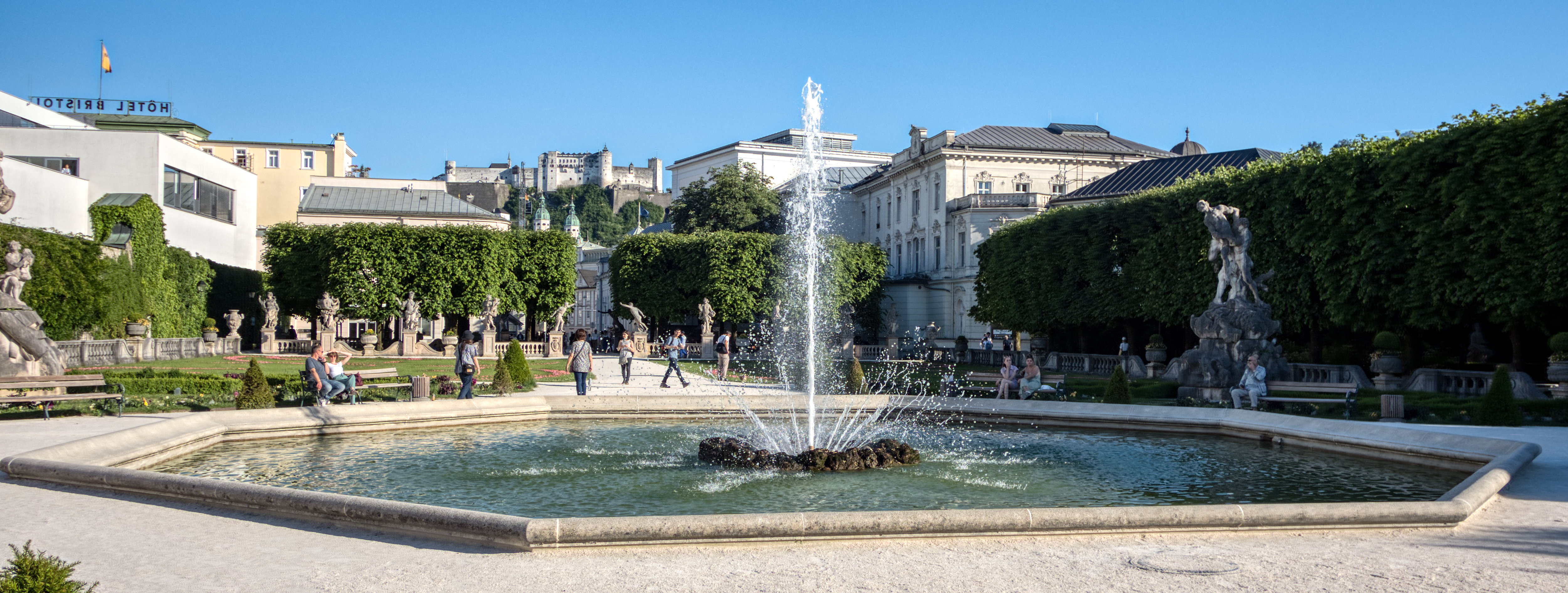
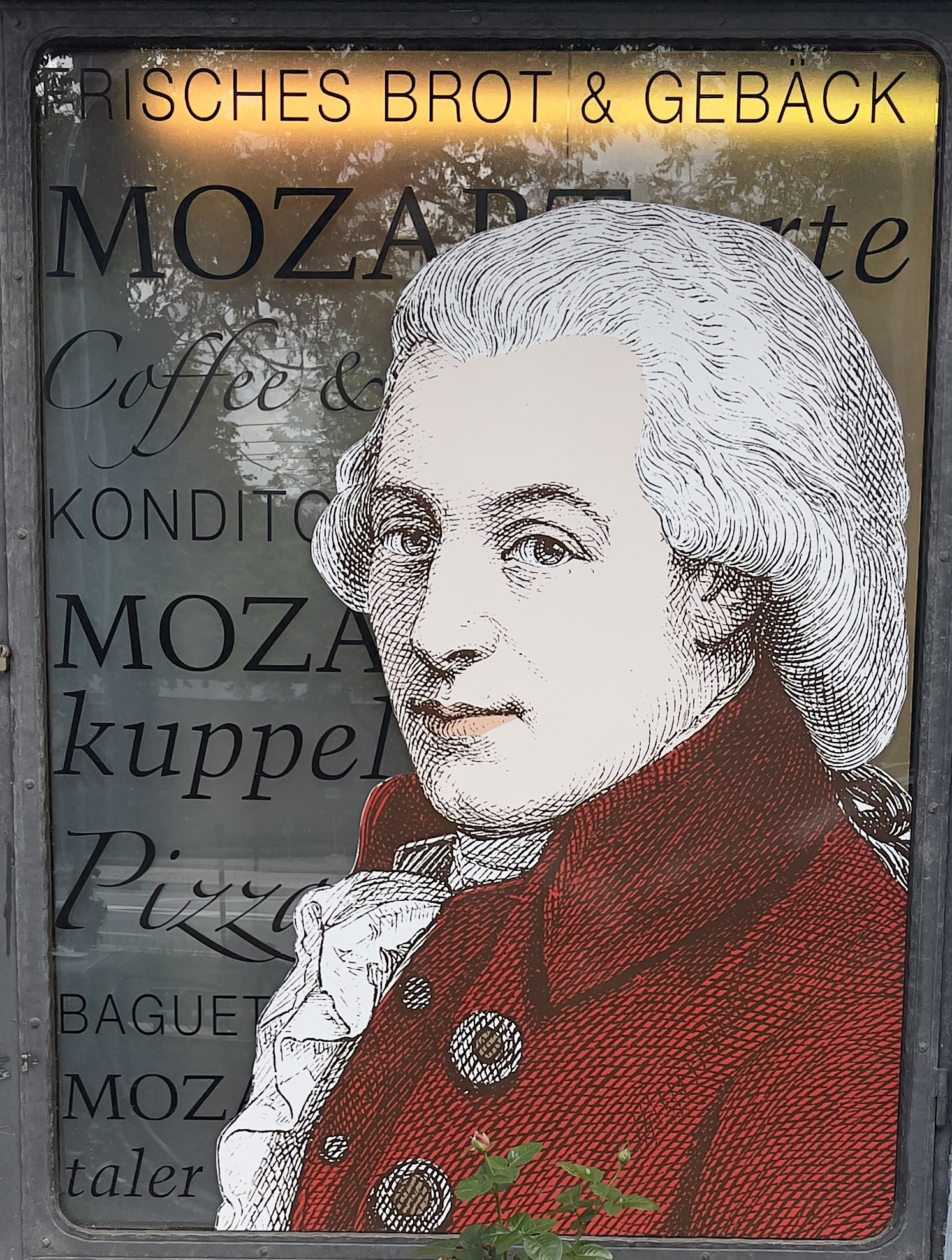

We were on the University of Salzburg campus, walked past Mozart’s home, and spent time in the commercial area where one street is famous for the iron signs telling the name or purpose of the shops. A renovation in the mid 1900’s of the town hall built in the 1400’s reinforced the building, added an elevator, and a modern touch: M. C. Escher-inspired staircases.
A fun bonus was finding film locations for “Sound of Music.”
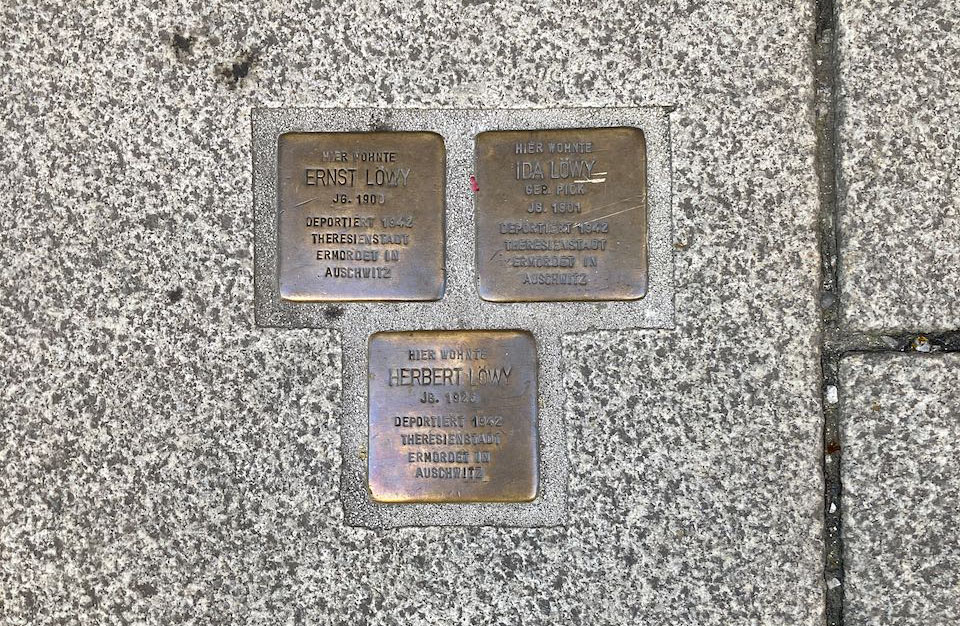
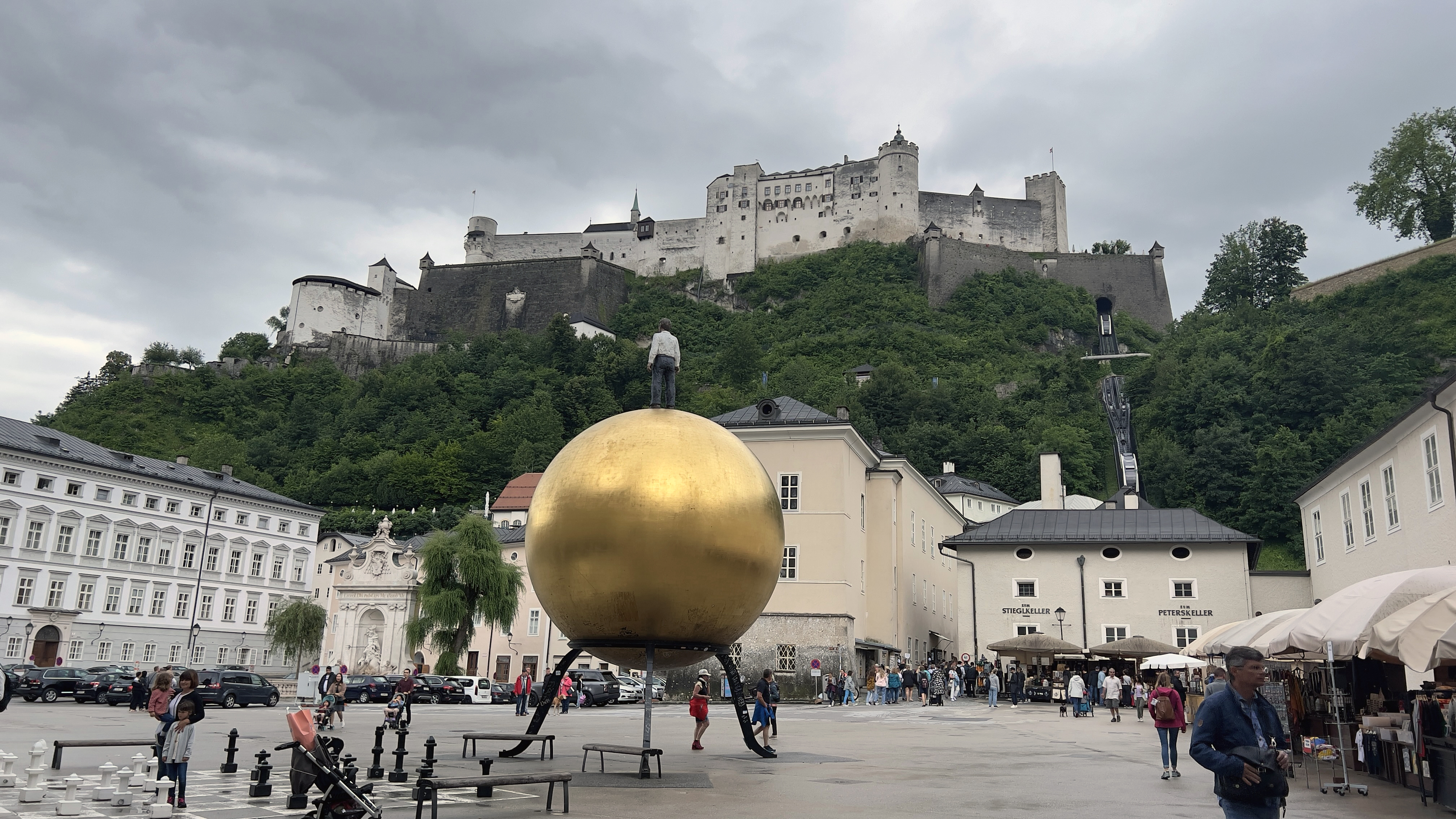
Known as “Stolpersteine”, or “stumbling stones”, there are now more than 70,000 such memorial blocks laid in more than 1,200 cities and towns across Europe and Russia. Each commemorates a victim outside their last-known freely chosen residence. We “stumbled” upon many of them in our two days in Salzburg.
Mozartkugel (Mozart ball) is the most popular confection in Austria. Local patissier Paul Fürst invented the round candy made of marzipan in 1890 to honor Mozart. It comes wrapped in gold foil. In 2007, this monument was erected of a gold ball with the inventor standing on top.
When the Prince-Archbishop built the Salzburg Cathedral, it was more about him and less about God. He even put his mark with a crown on the very front of the building, placing himself above God. Many years later, this statue to honor Mary was strategically placed so that when you approach the church from the right direction, especially when you are part of a procession, there’s a point at which the former Prince-Archbishop’s crown becomes a crown on Mary’s head, thus returning the cathedral to be more about God and less about man.
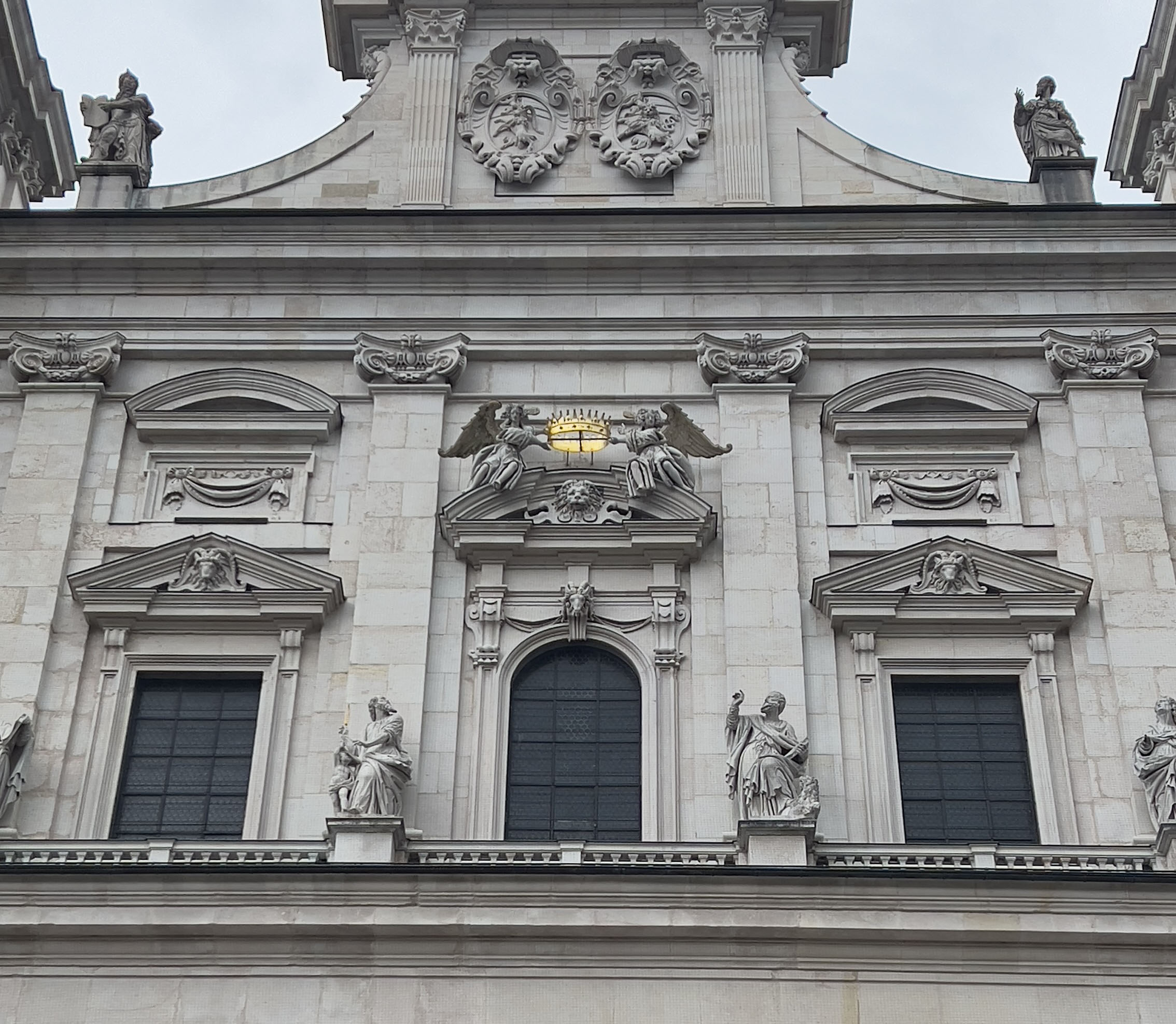
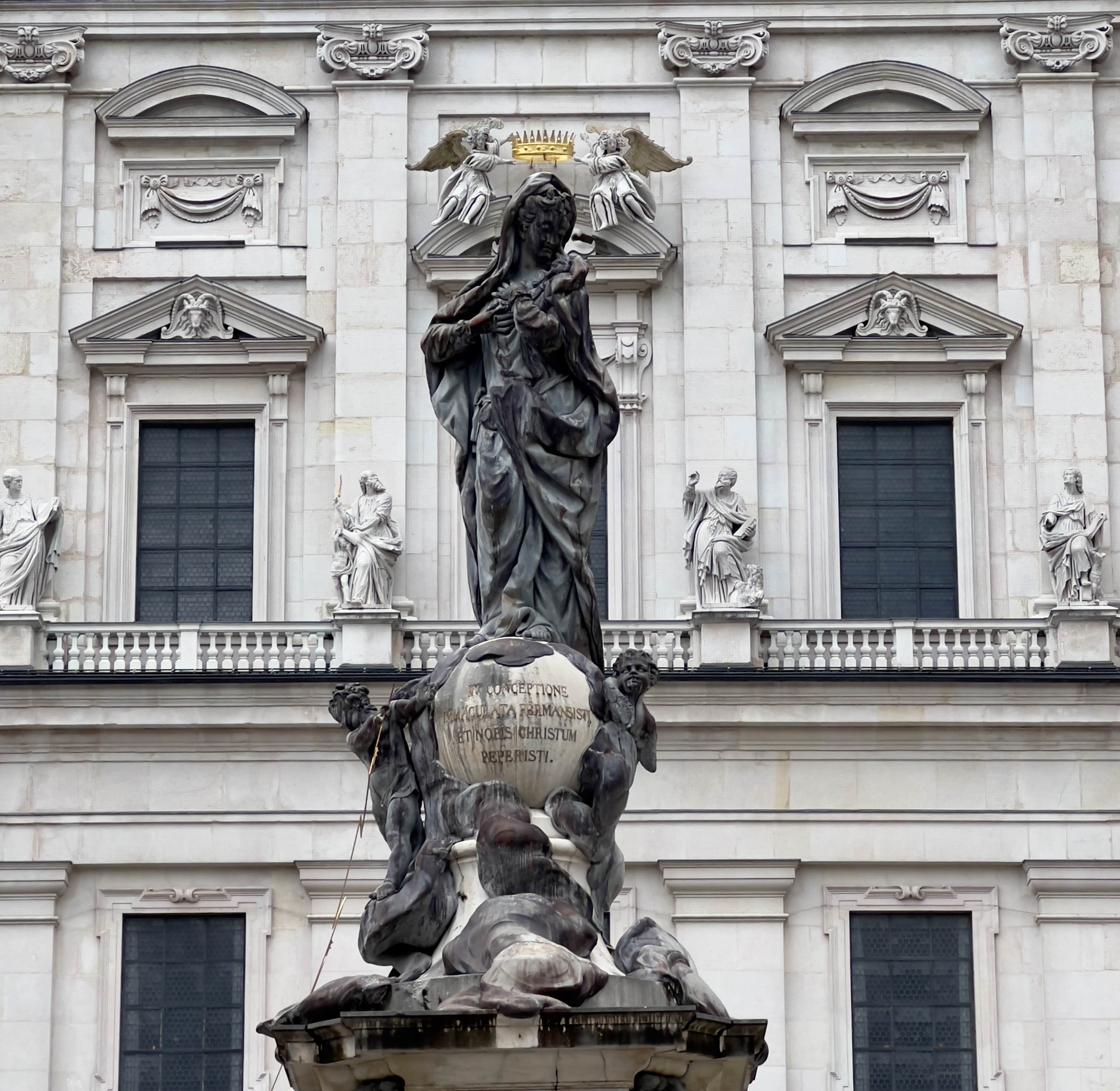
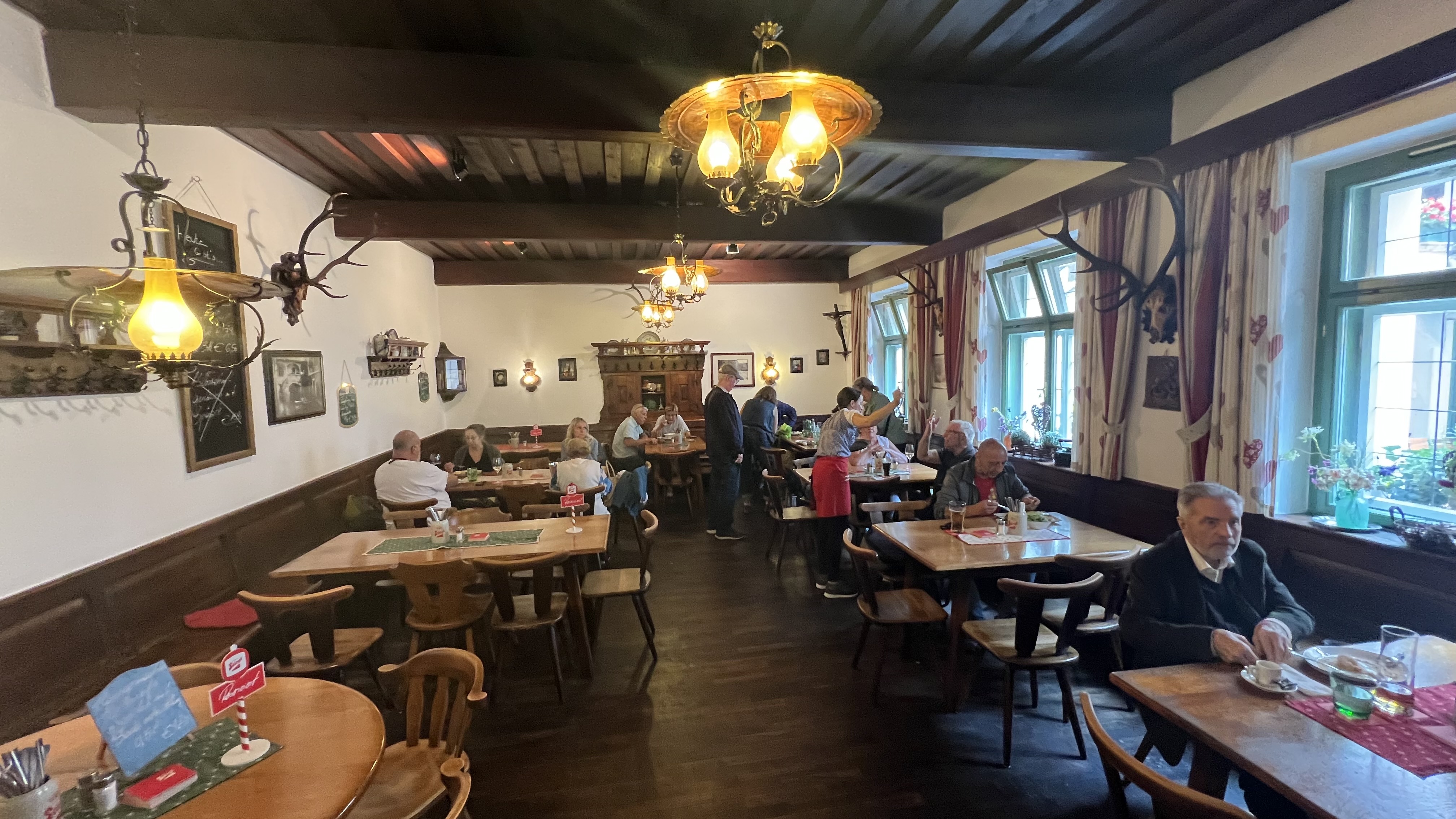
Our first choice of lunch locations (i.e. really close to where the tour ended because we were really hungry and our feet were tired) was randomly closed today. So we headed towards one of Rick Steve’s favorites, zum Wilden Mann, and were glad we did. It’s authentically Salzburg. We enjoyed great company and good food.
After lunch more wanderings to soak up the beauty of Salzburg.
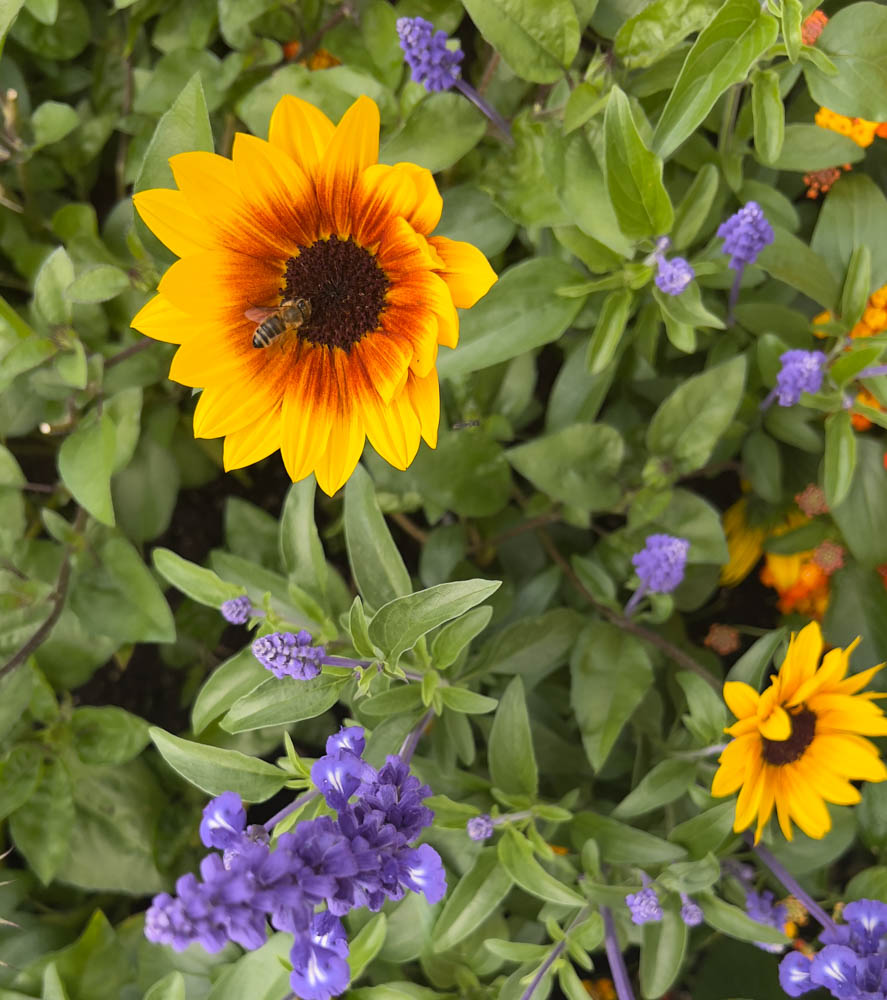
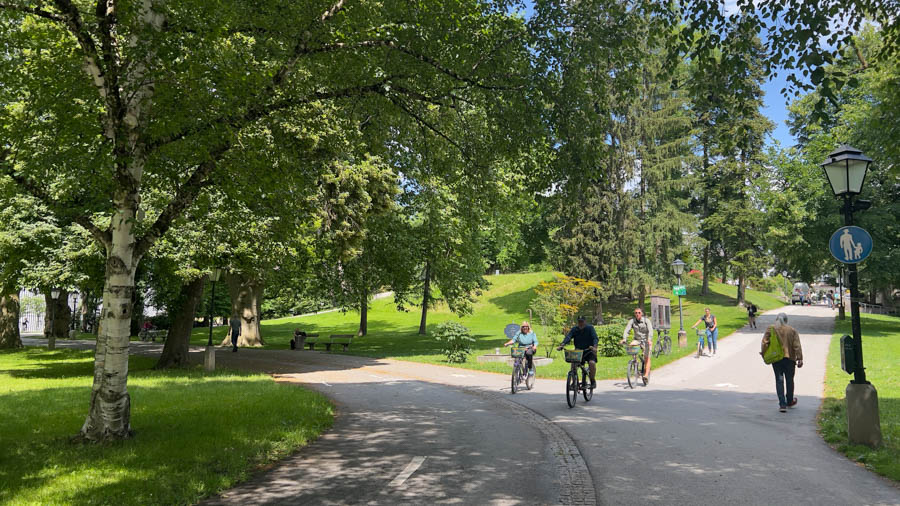

In the afternoon we explored Hallstatt, the town they say was the inspiration for the kingdom of Arendelle in the movie “Frozen”.
We rode a funicular up the mountain to the take in the “World Heritage View”.
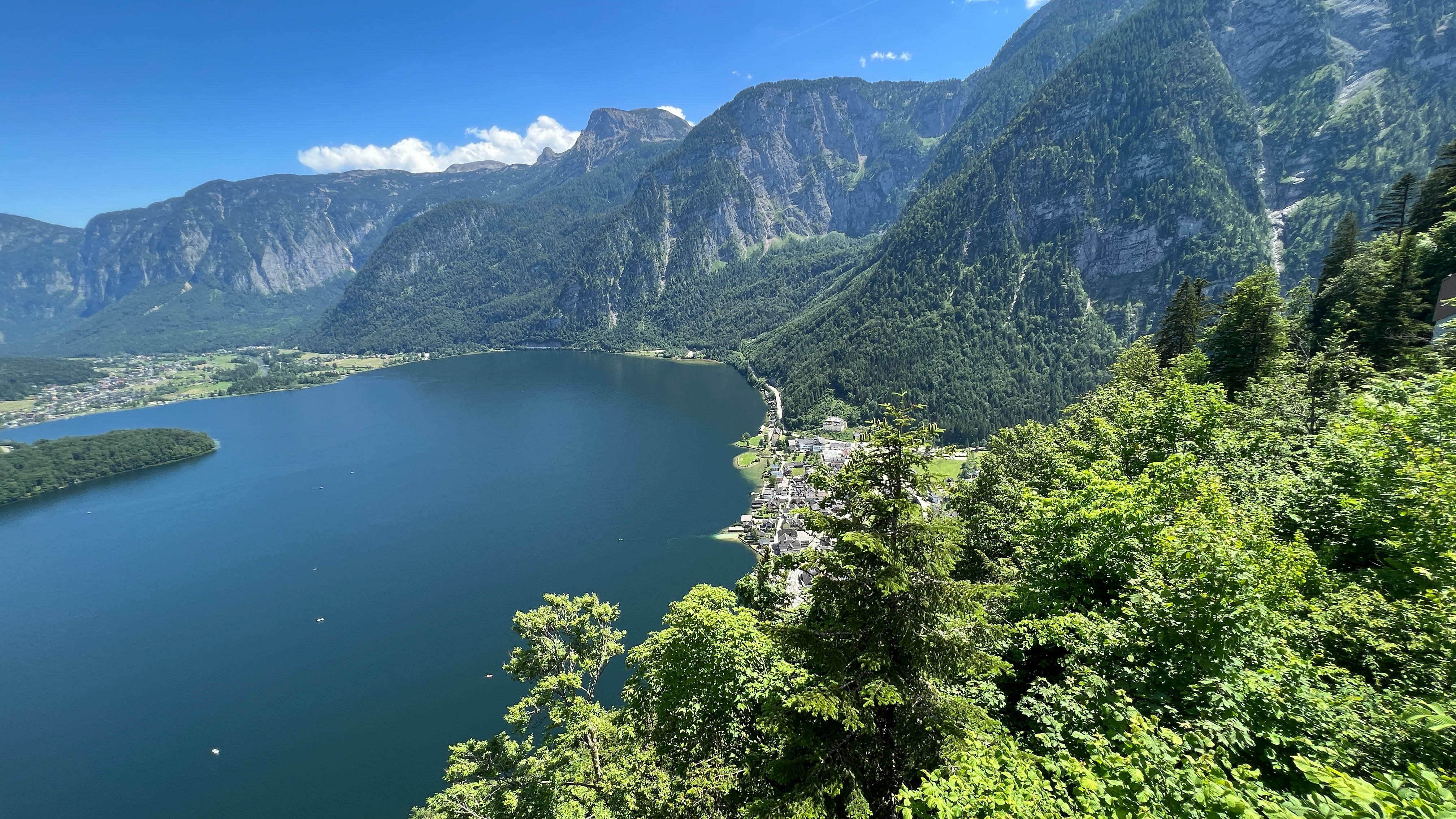
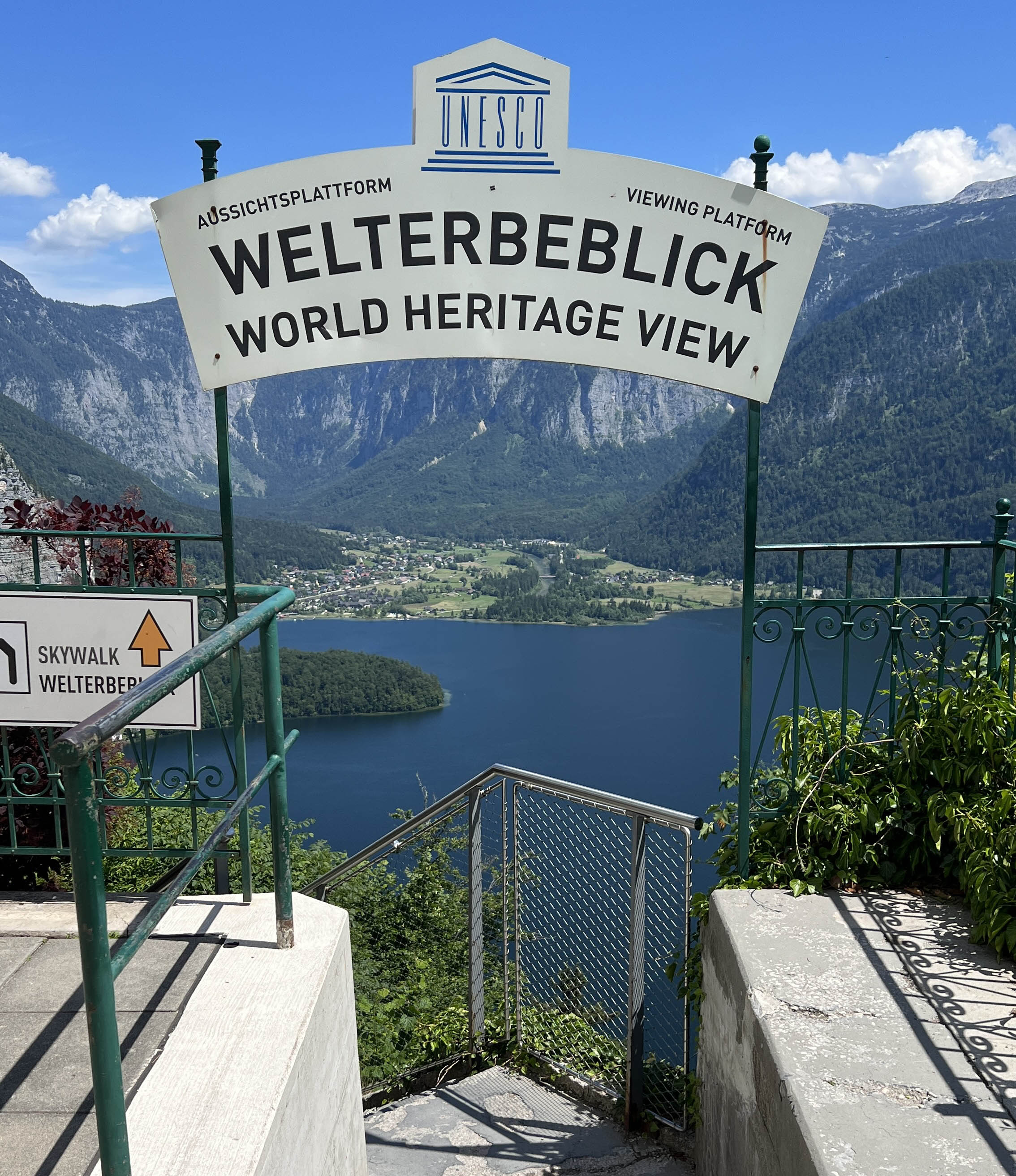
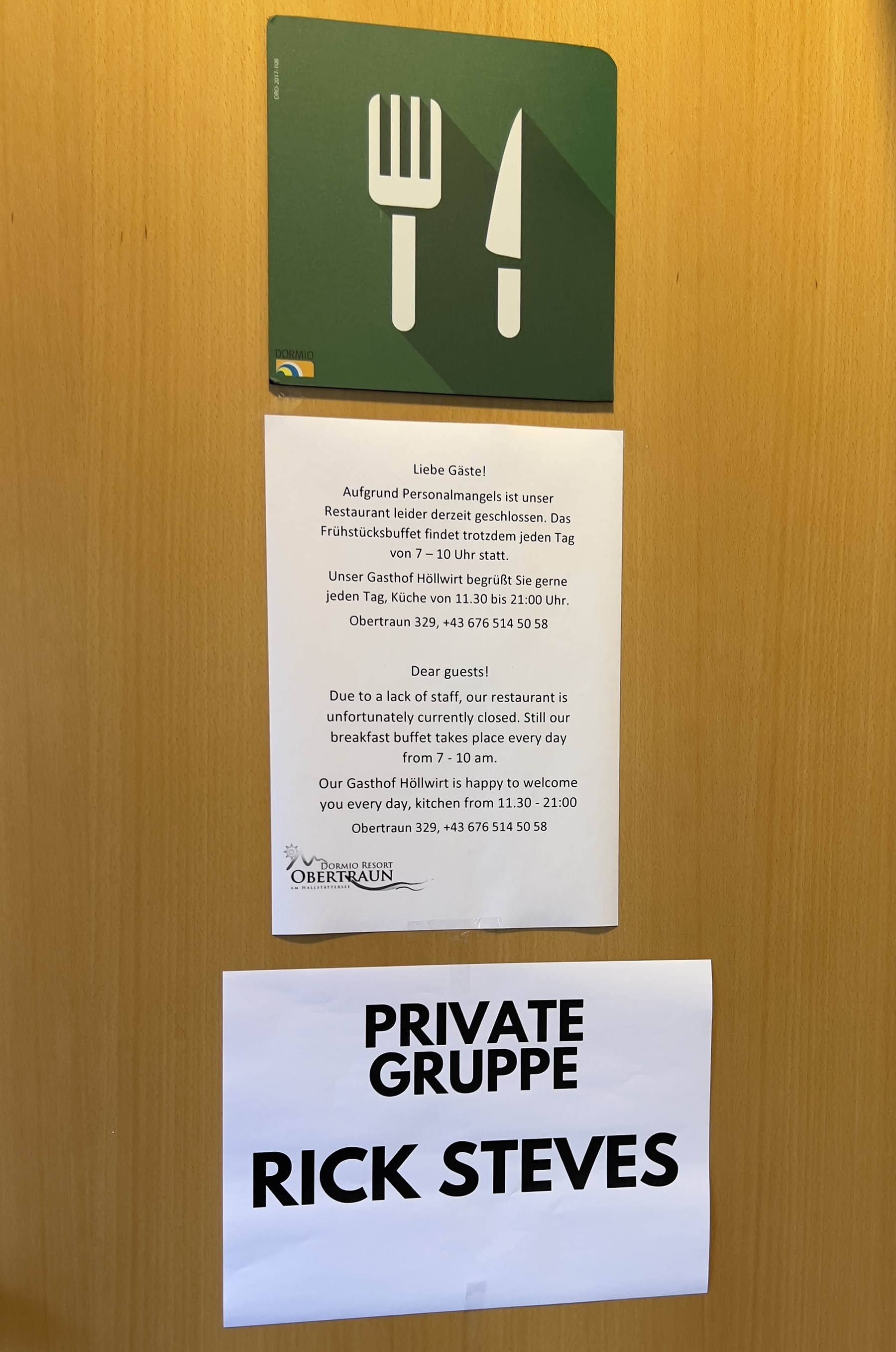

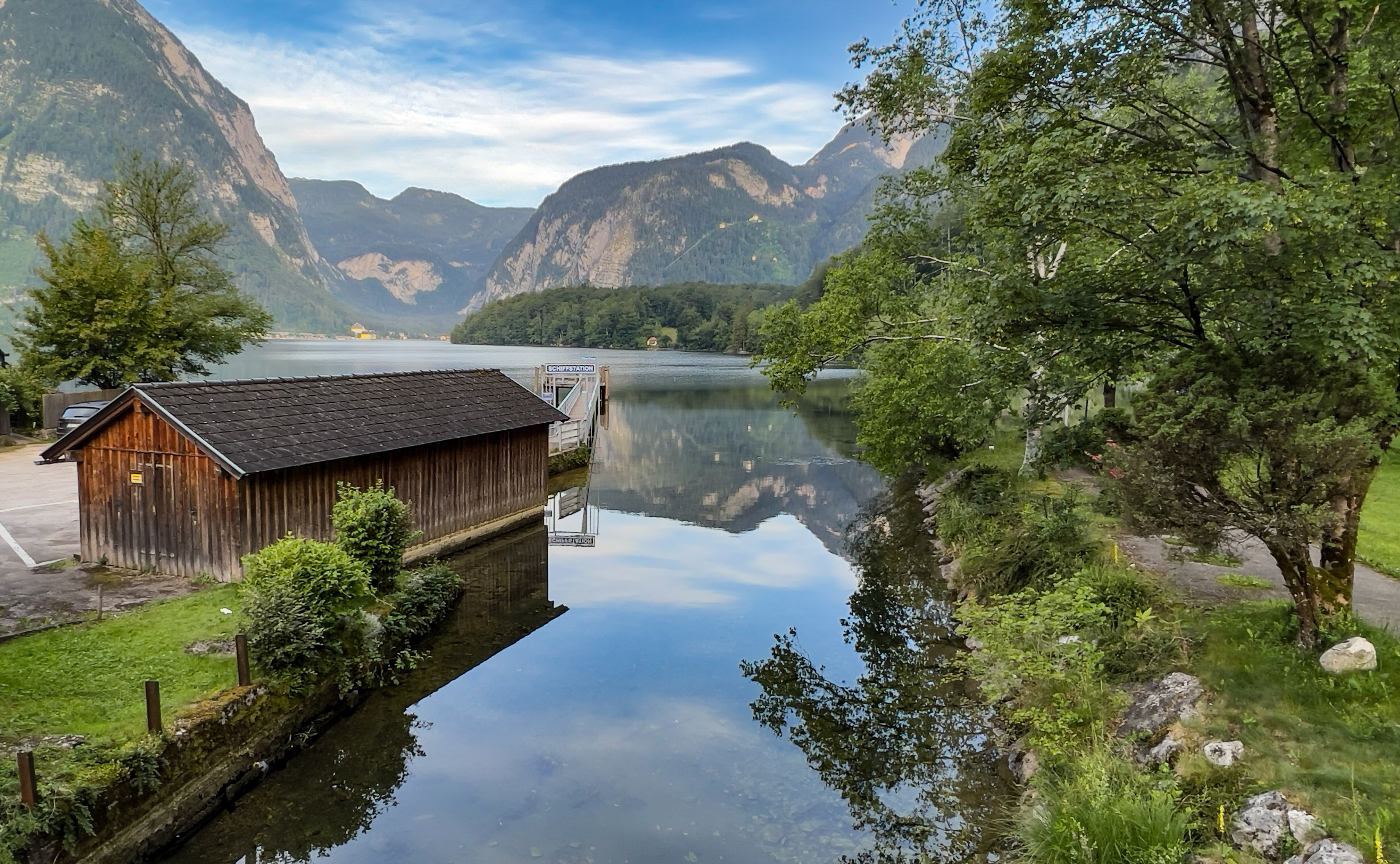

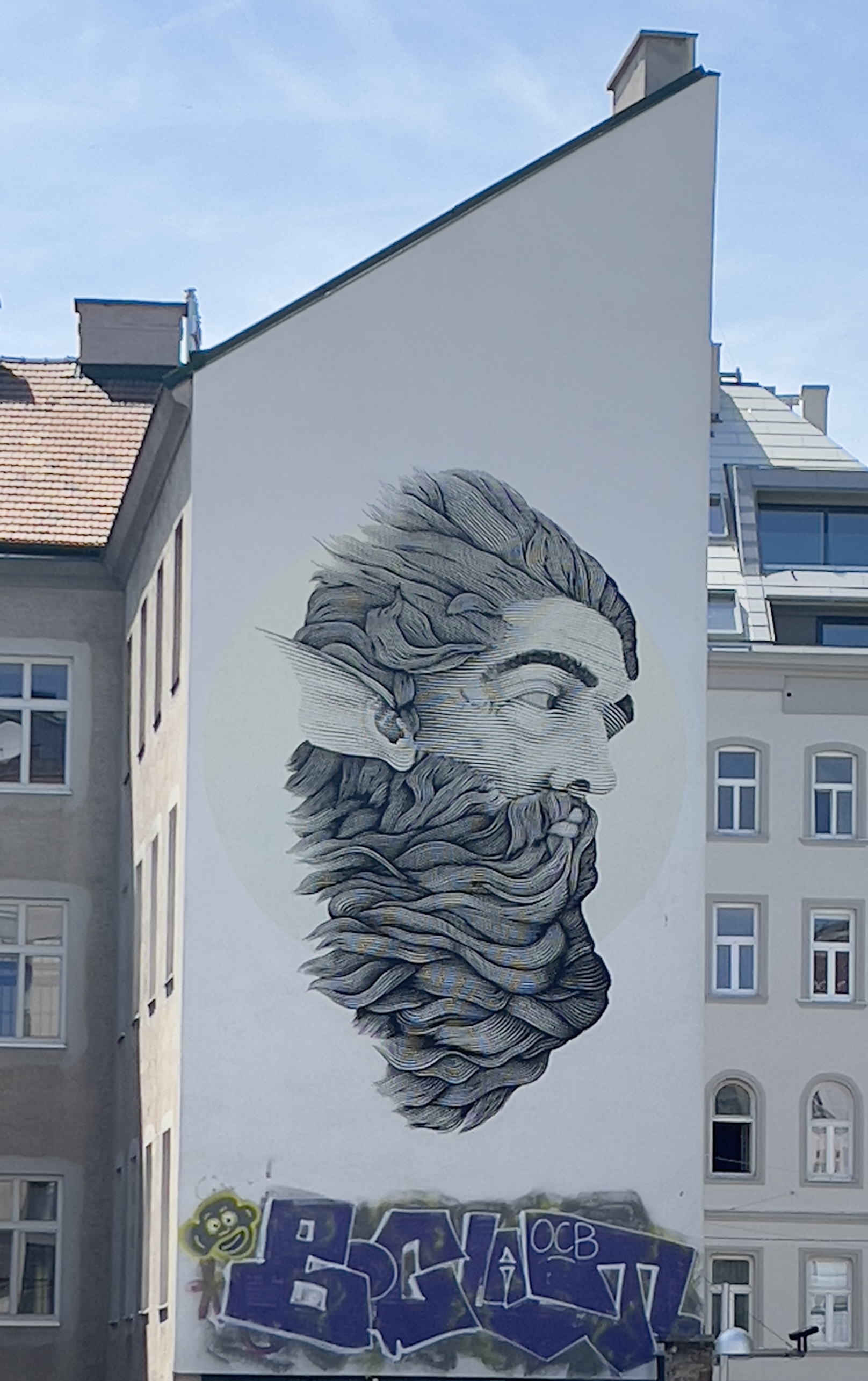
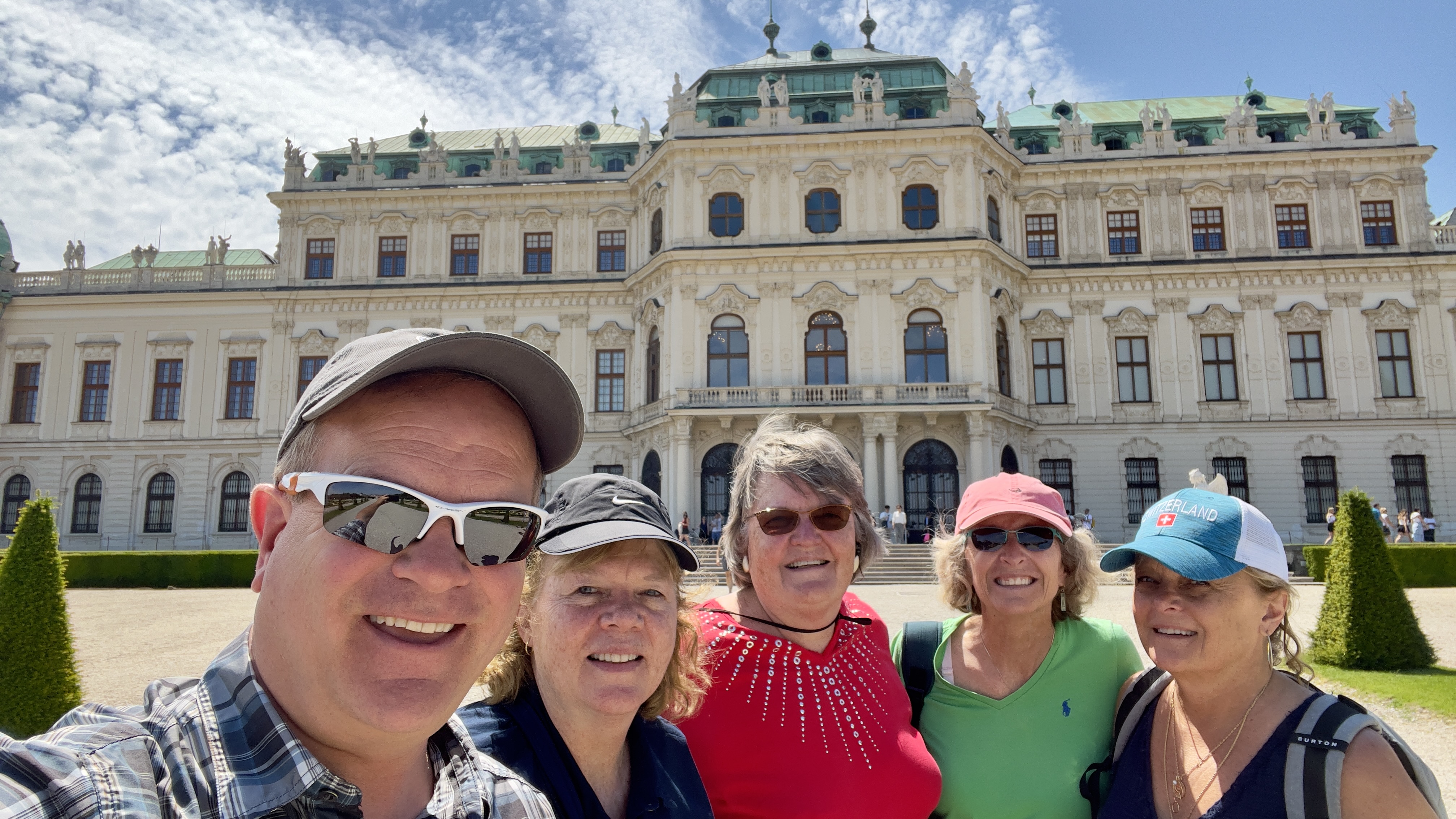
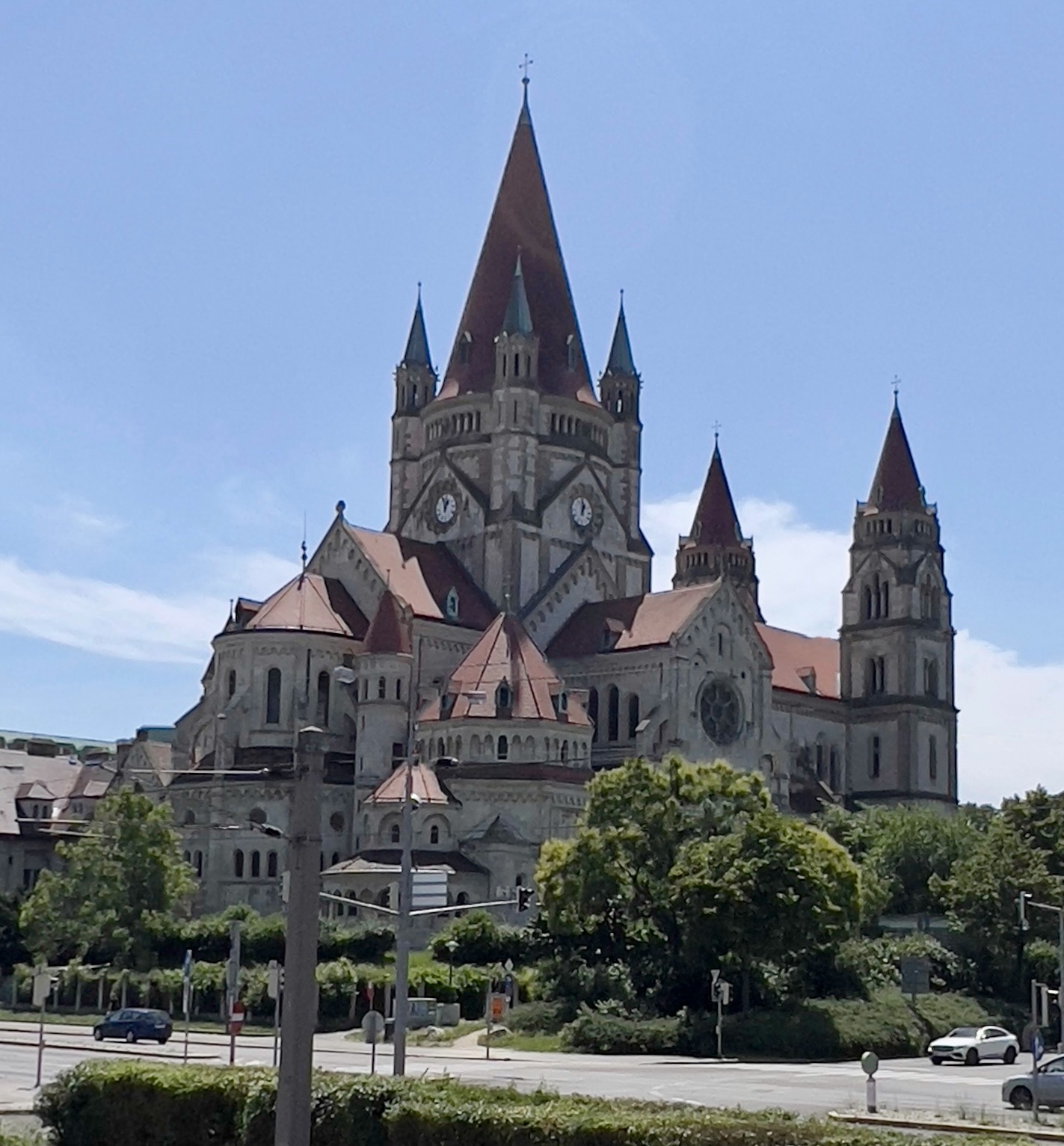
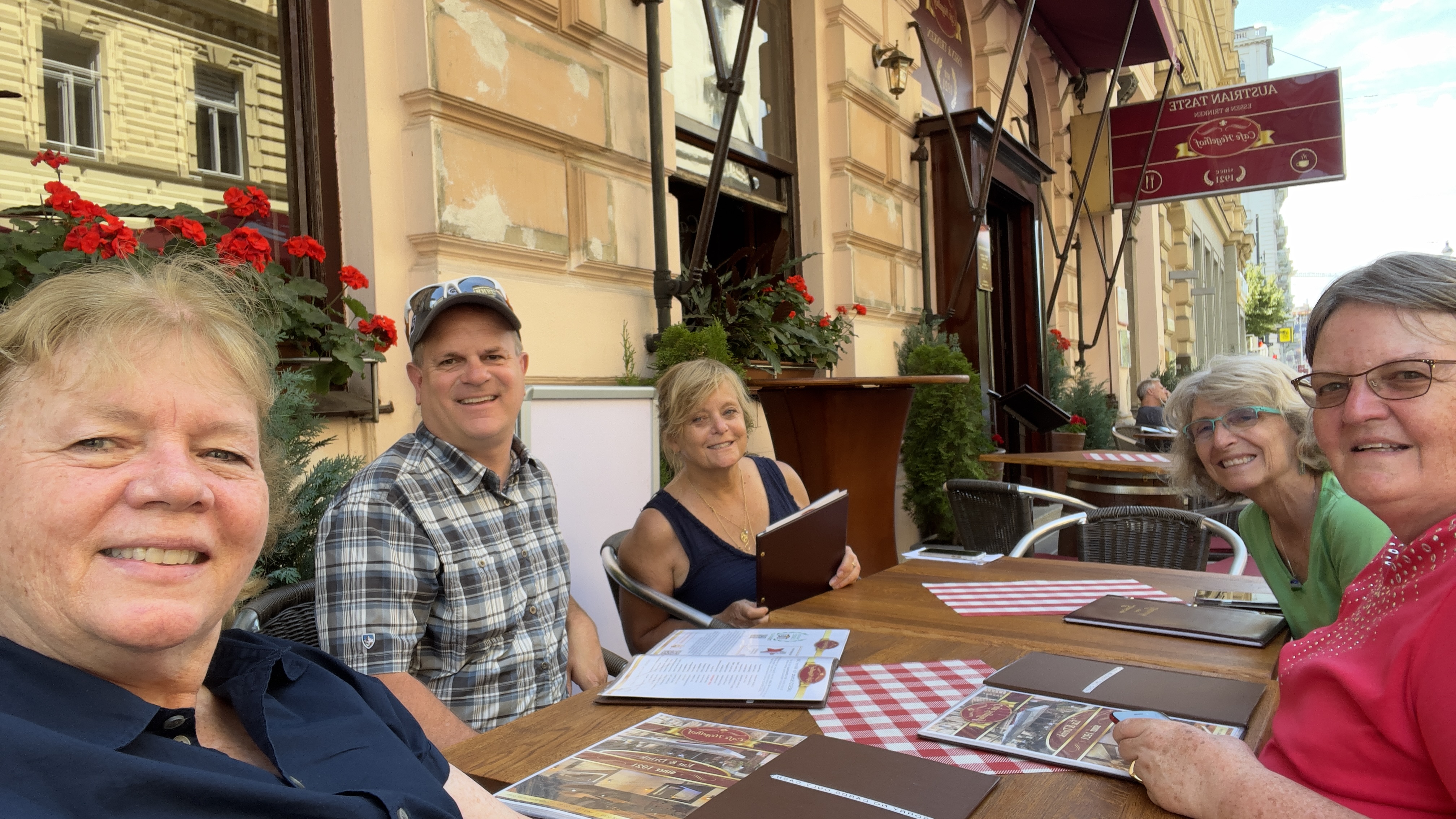
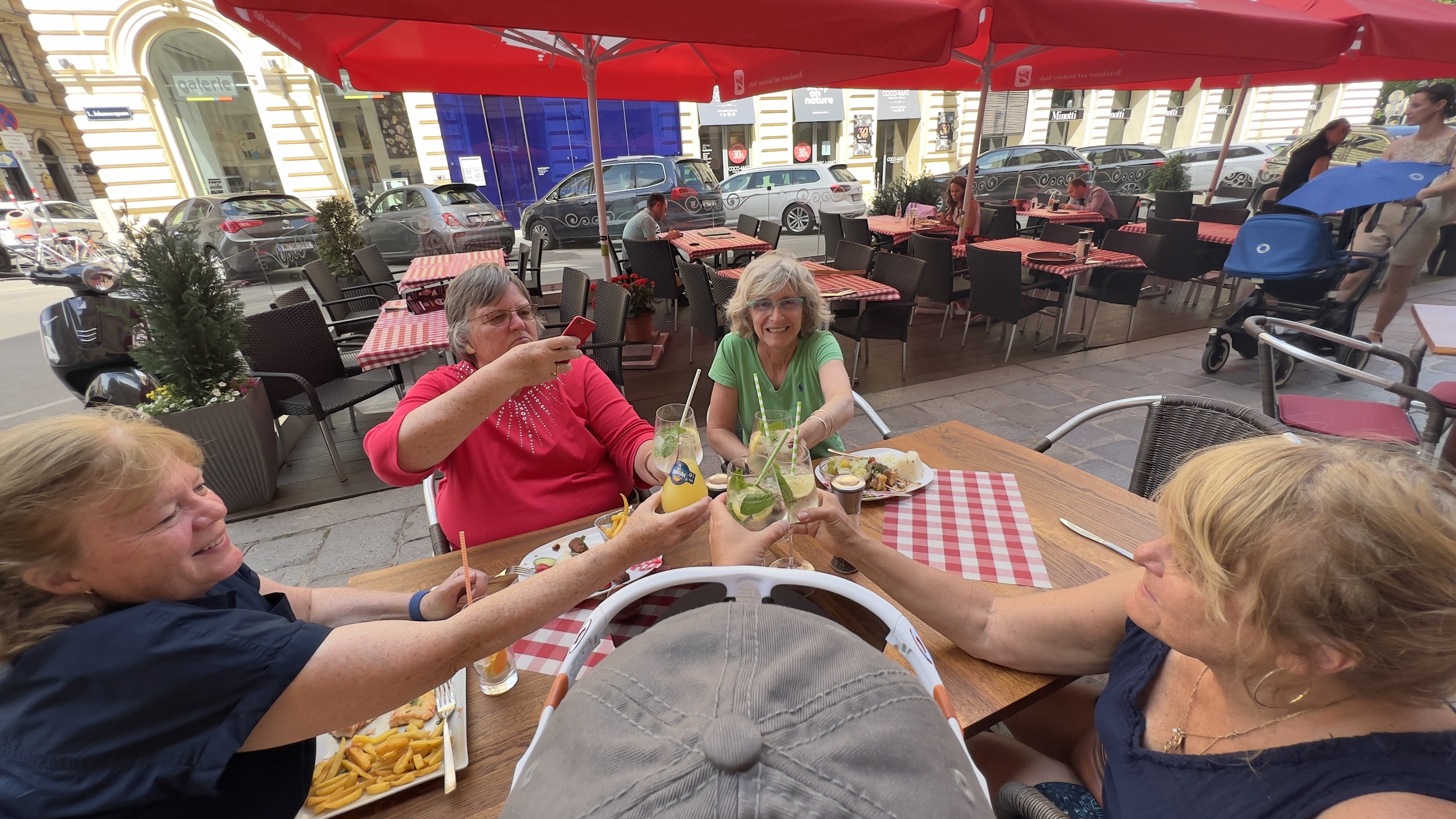
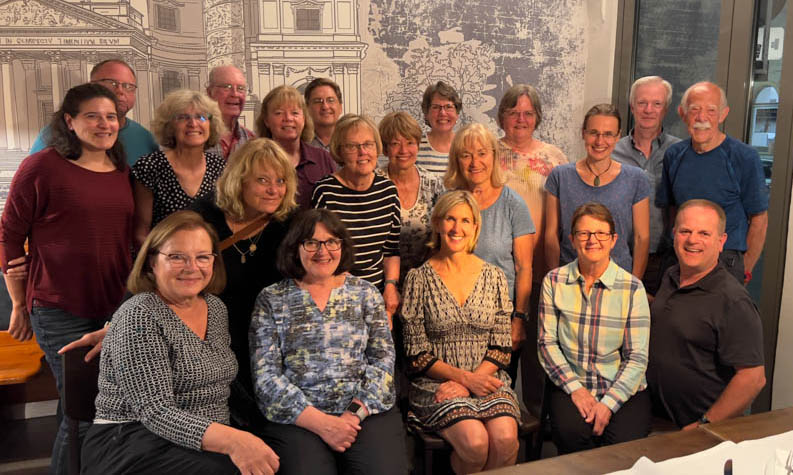
June 17th - the final day of the Rick Steves tour....everyone went their own ways.
The Travelin' Trio chose to visit Amsterdam and the Floriade Expo (a repeat from 30 years ago for two of us).
The Travelin' Trio chose to visit Amsterdam and the Floriade Expo (a repeat from 30 years ago for two of us).
Click on Netherlands to see all the fun we had there!

We clibmed Monk's Hill to the benedictine Abbey of St. Peter. Most of its buildings date from the 17th and 18th centuries, and it offers great views of the city.
June 14th - Driving away from Salzburg we made a fun stop on our way to Lake Hallstatt at an organic dairy farm. Niki, the owner, gave us a tour of the farm and the store and we had a cheese tasting. His wife, Maria, hosts field trips for students with special needs. They get to take care of the animals and practice milking on a wooden cow.
Upon arrival in Hallstatt we cruised the lake on a private charter.
Extraordinary scenery!
Extraordinary scenery!
After our day in Hallstatt we took the bus to Obertraun where we spent the night. And we enjoyed a special private dinner at our resort, followed by some outdoor fellowship.
June 15th – Some folks got up early to bike around the lake at Obertraun before the bus left at 8:00. The air was cool and the water clear and still, so the reflections were spectacular!
We made a stop at Mauthausen Memorial, one of the German concentration camps from WWII where we learned about the Holocaust and events of 1933–1945. It was a somber and sobering experience.
We then stopped for lunch in St. Valentin and then on to Vienna.
We made a stop at Mauthausen Memorial, one of the German concentration camps from WWII where we learned about the Holocaust and events of 1933–1945. It was a somber and sobering experience.
We took a guided orientation tour of the central part of Vienna starting with Vienna State Opera, Josefplatz, and Palais Pallavinci. The Vienna City Centre has such a fascinating (and complex) history and beautiful sites: Hofburg Palace, Josefplatz (a public square), and Monument Francis I, and Palais Pallavinci.
The Hofburg area has been the documented seat of government since 1279. The first palace was built in the 13th century and successive rulers kept expanding on it. Our next area was City Center with restaurants, high-end stores (and another Apple Store), more historic buildings (including St. Peter’s church), a tribute to Frederic Chopin, and a statue in honor of St. Joseph.
The Hofburg area has been the documented seat of government since 1279. The first palace was built in the 13th century and successive rulers kept expanding on it. Our next area was City Center with restaurants, high-end stores (and another Apple Store), more historic buildings (including St. Peter’s church), a tribute to Frederic Chopin, and a statue in honor of St. Joseph.
Vienna!
We then stopped for lunch in St. Valentin and then on to Vienna.
June 16th – The tour group went to the Third Man Museum and the Kunsthistorisches Museum.
Others of us took a bus tour to visit other sites around Vienna.
Others of us took a bus tour to visit other sites around Vienna.
We stumbled on the perfect place for lunch: Café Hegelhof. Established in 1921, it’s one of the first 48 cafés that “represent the intangible cultural heritage of ‘Viennese coffee house’” and is protected by UNESCO. Kathy introduced us to Hugos and we toasted our new friendships and the memories we’ve made together.
The whole tour group went out for one last meal together; a traditional Austrian meal of tafelspitz and asparagus. We finally had to leave but we weren’t ready to say goodbye so we stopped at the hotel lobby bar for one last toast. Hugos for all!
Copyright Karen Overall Travelin' Trio Home Page
